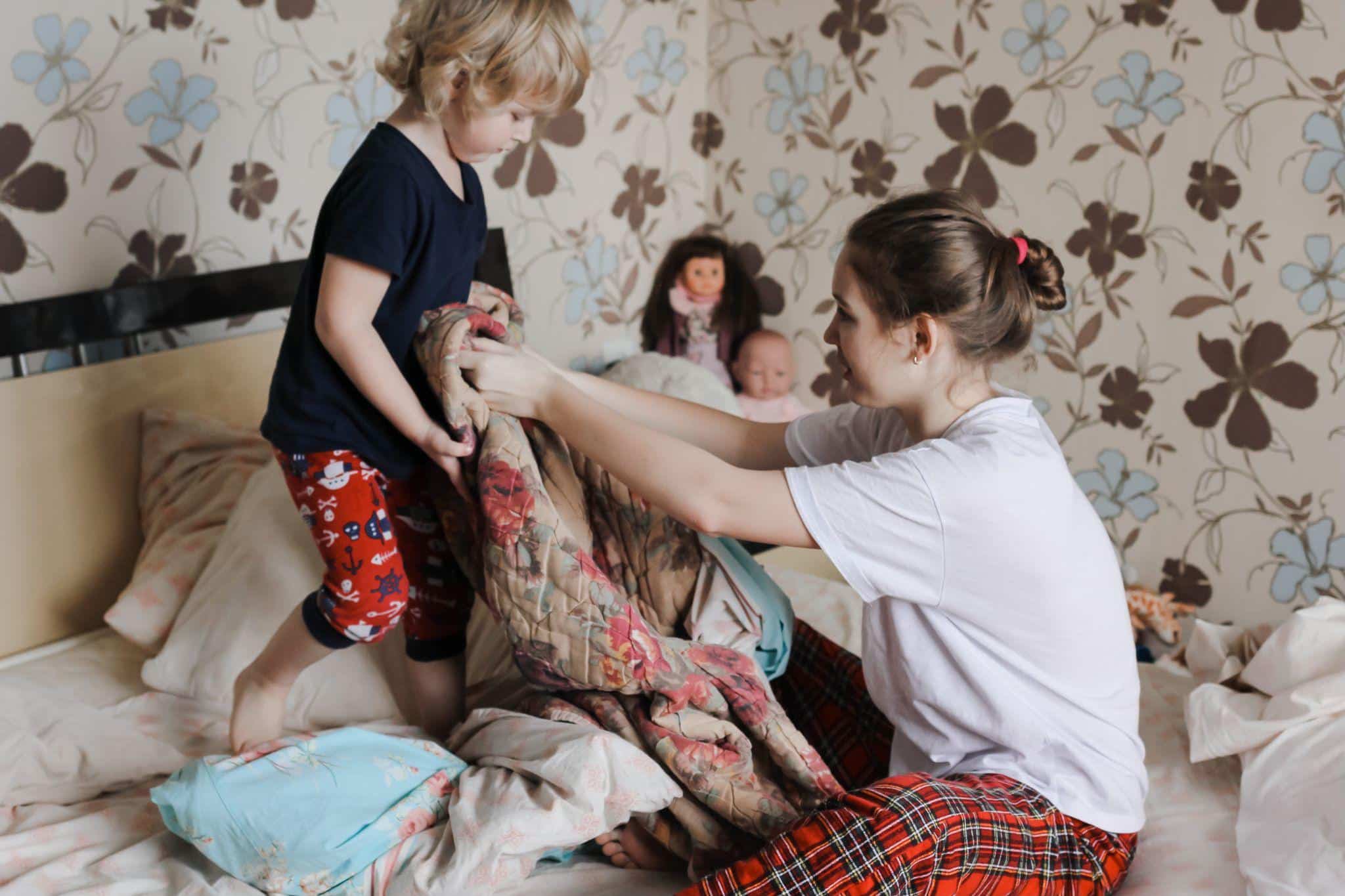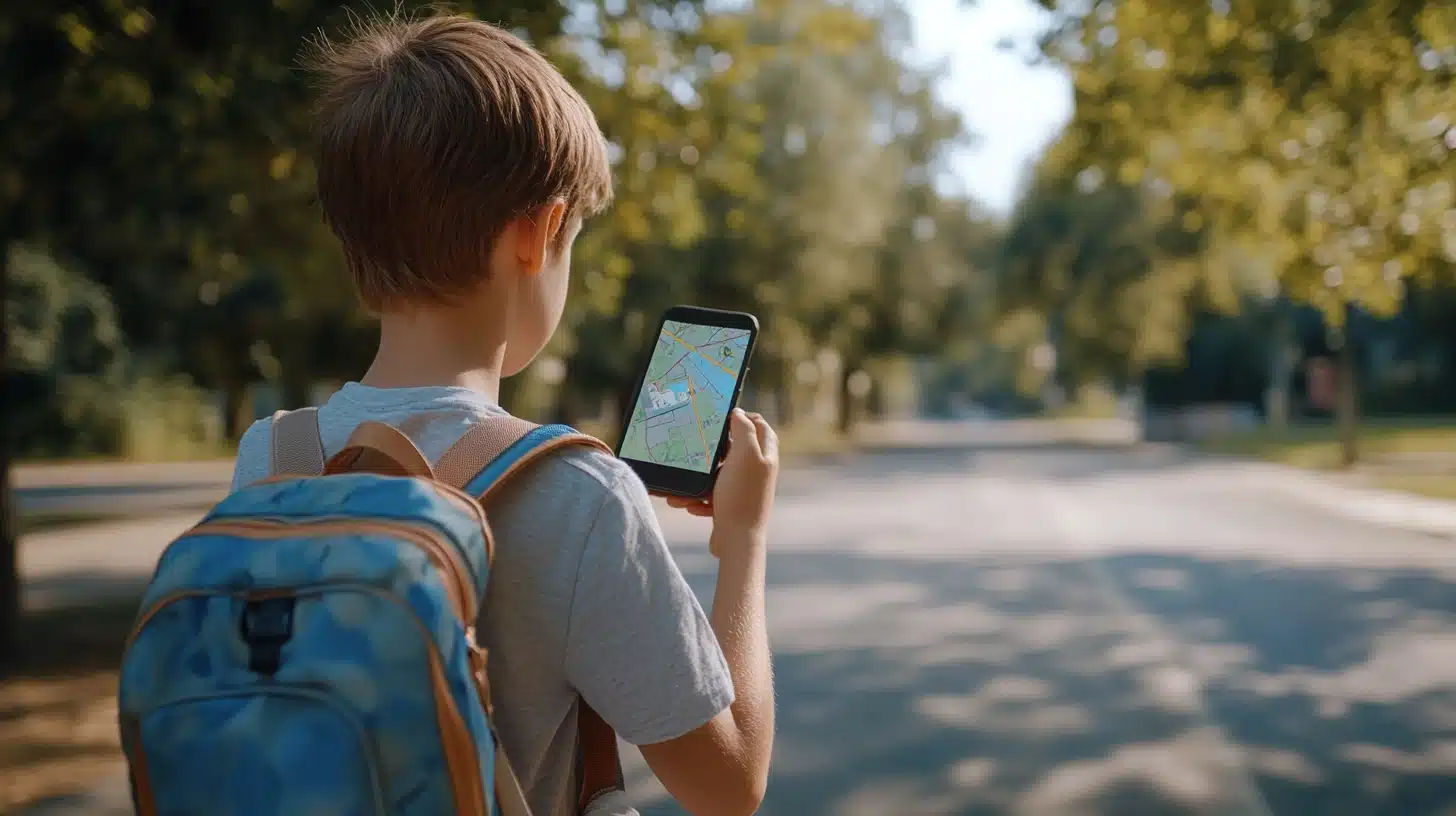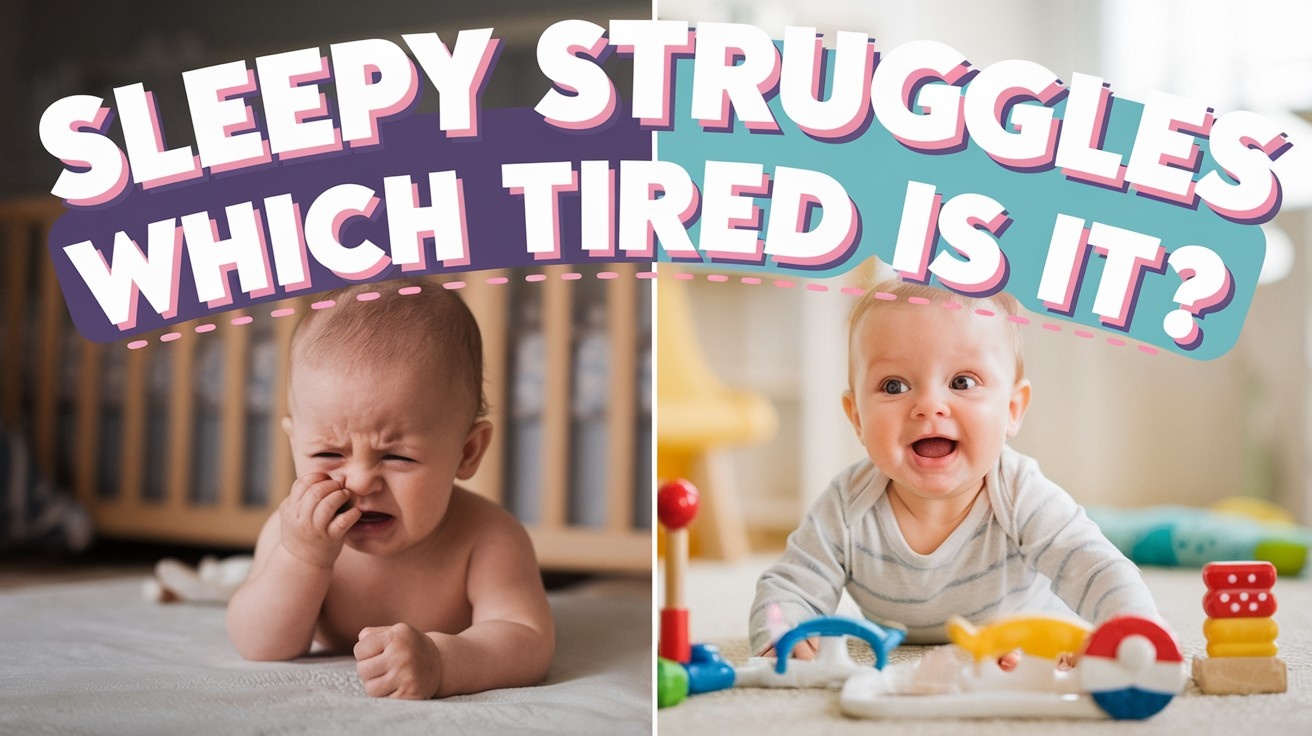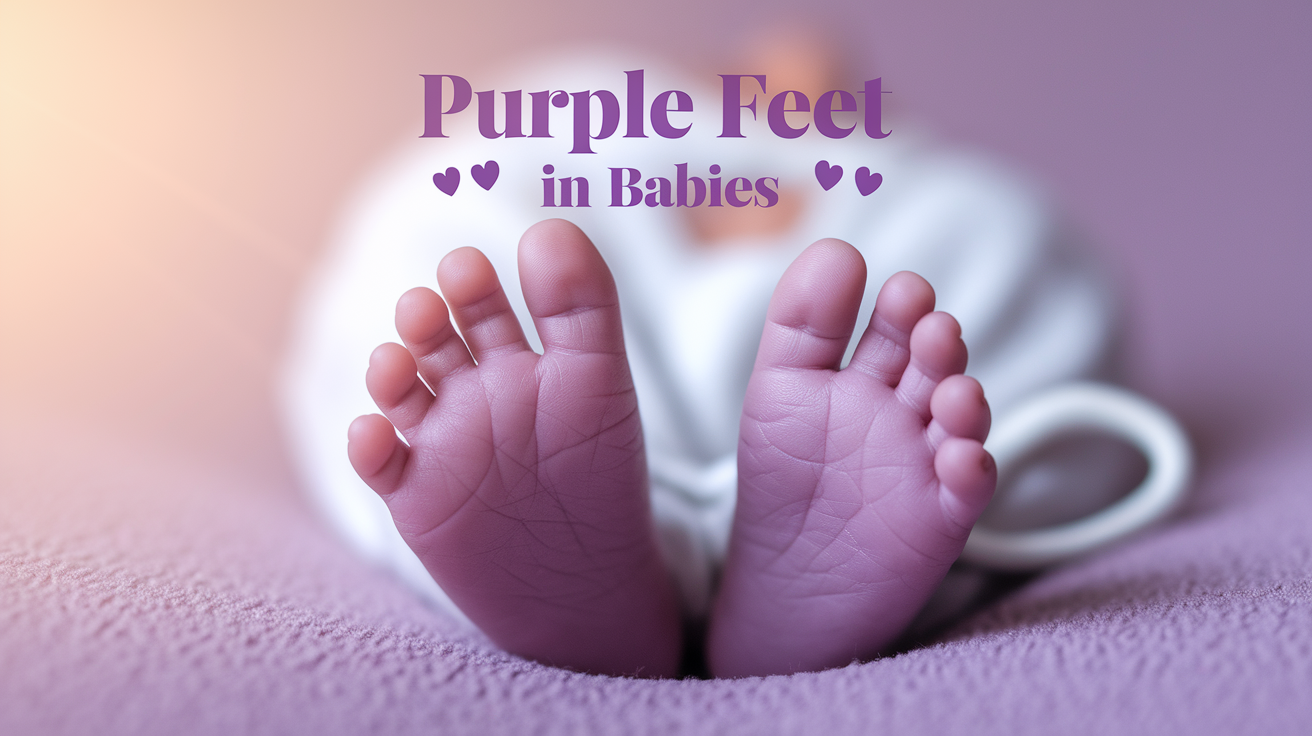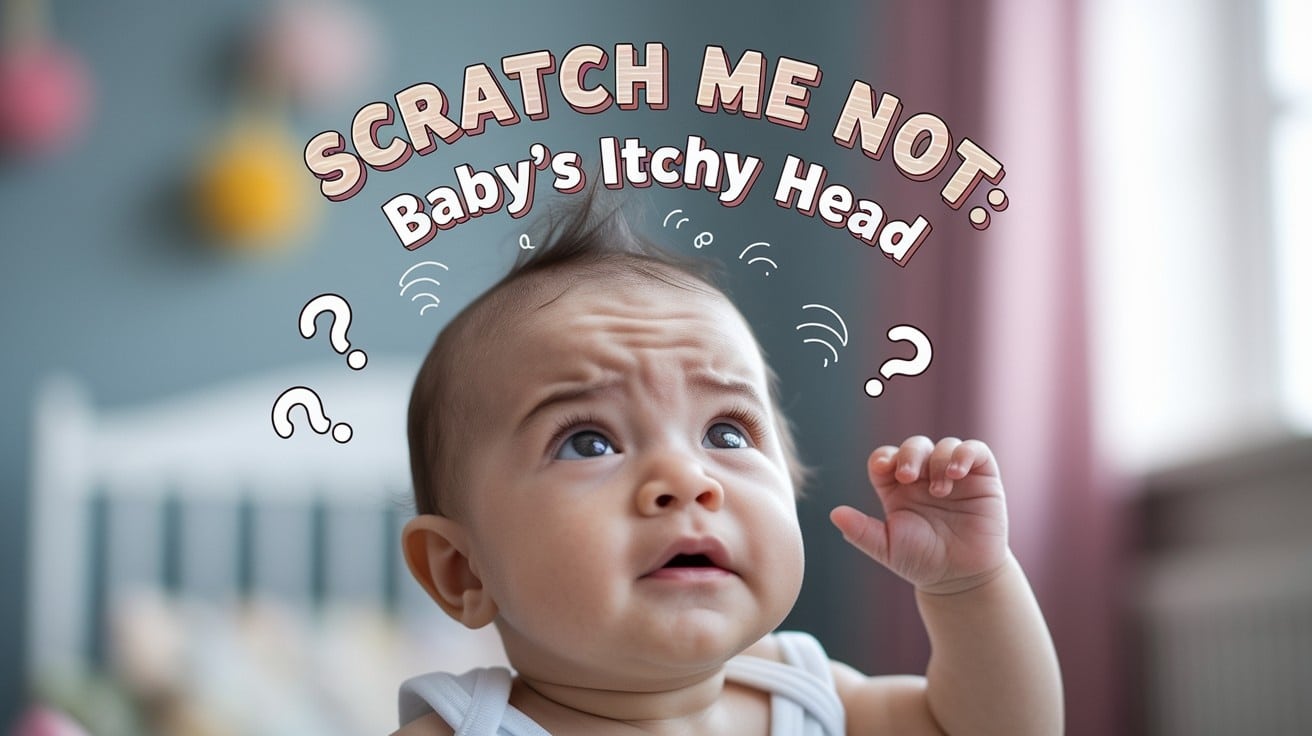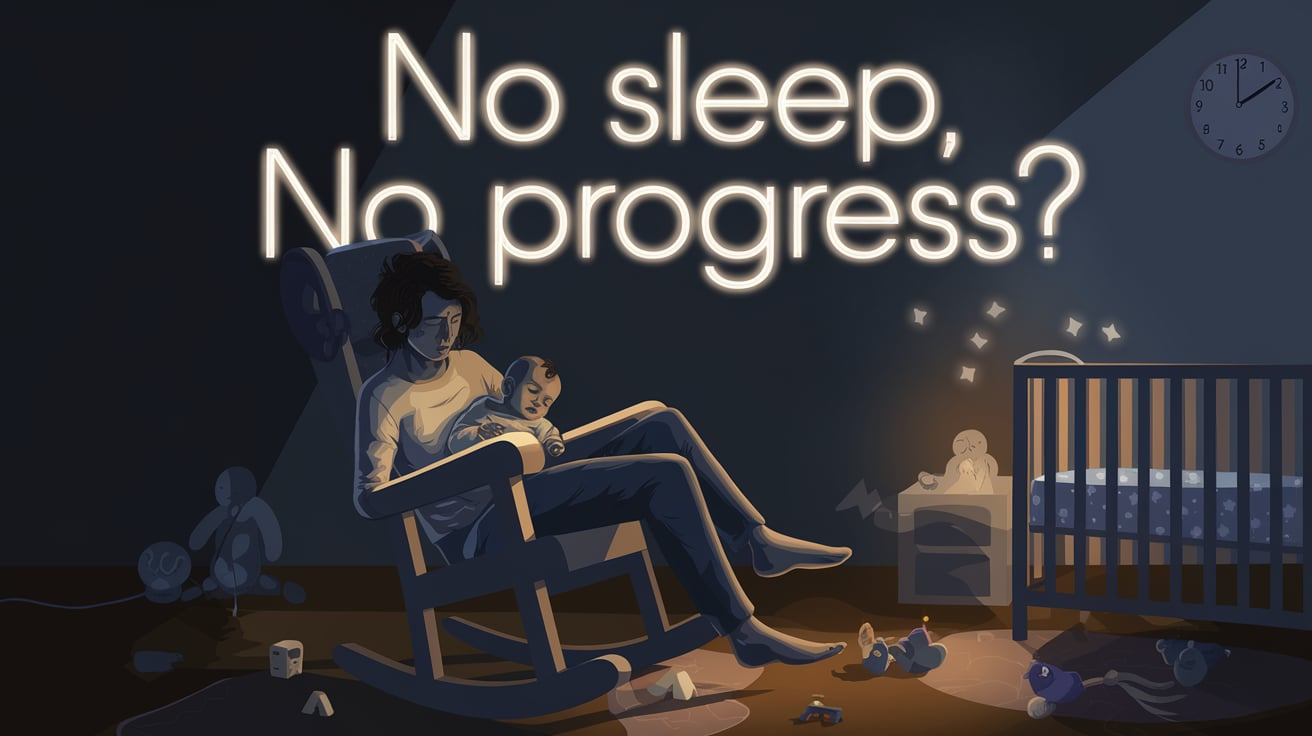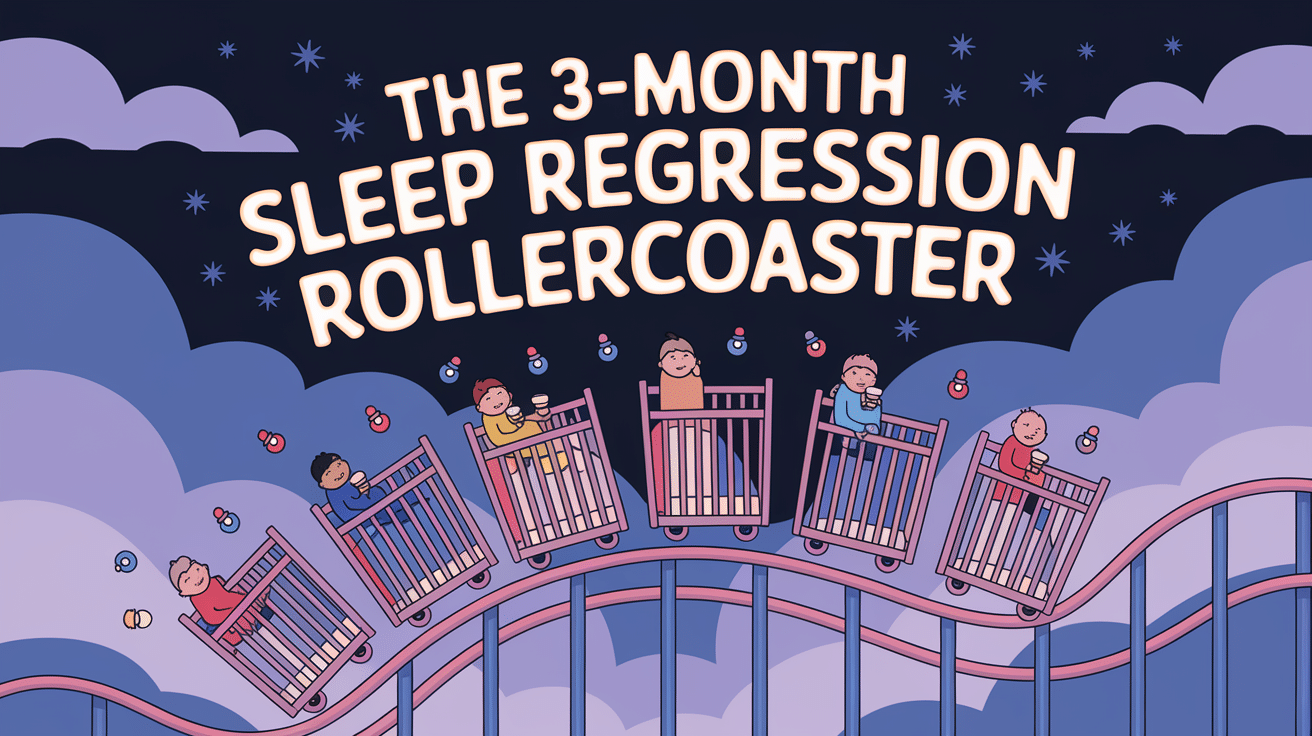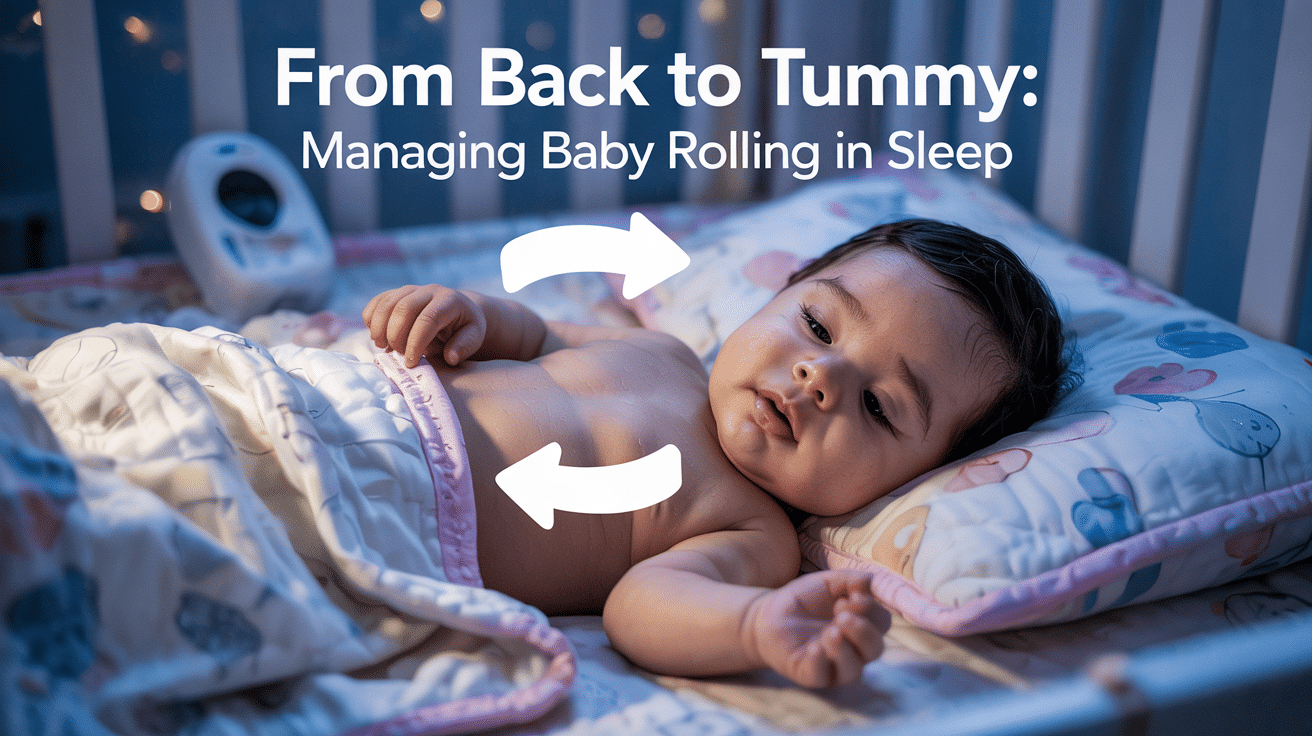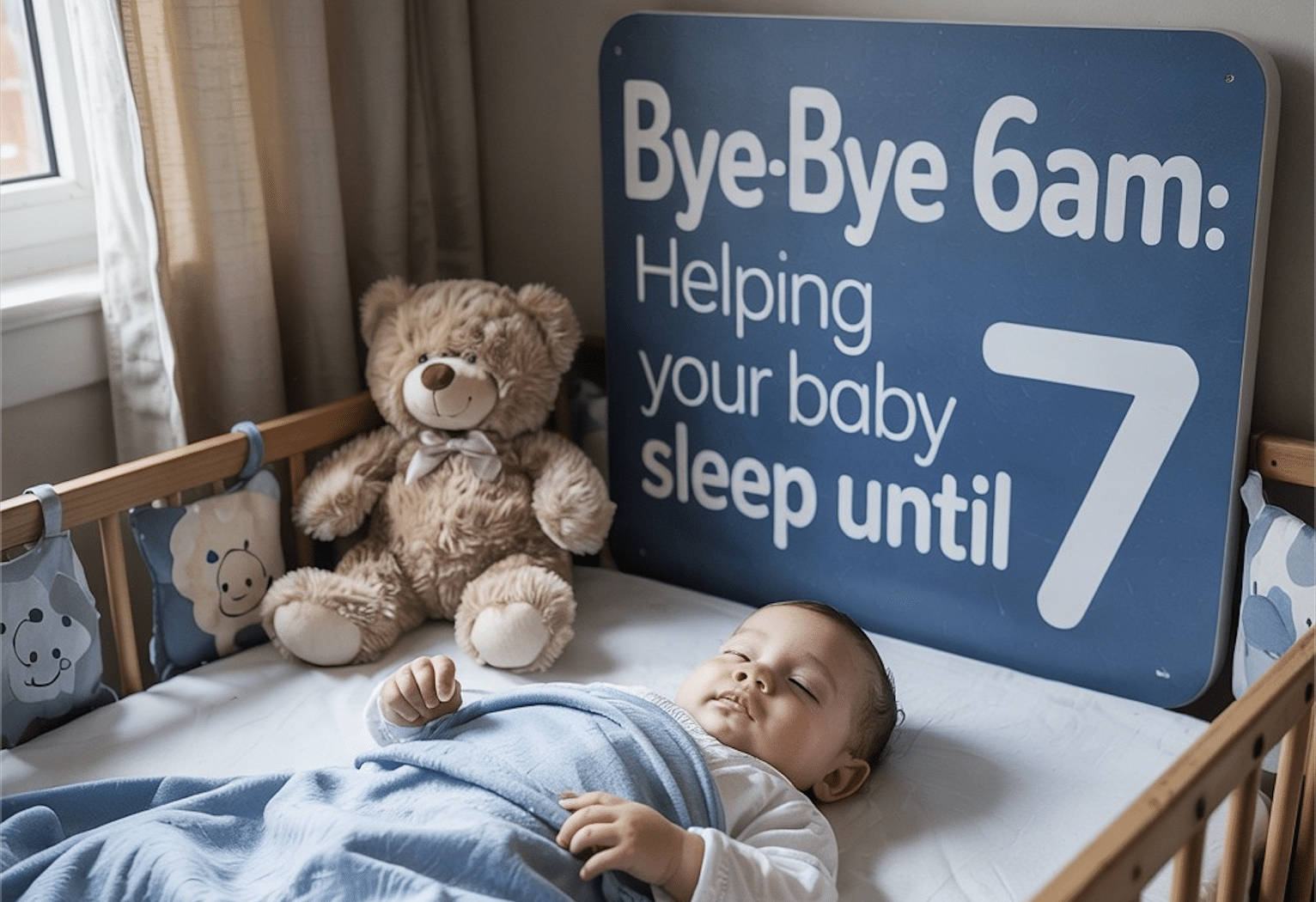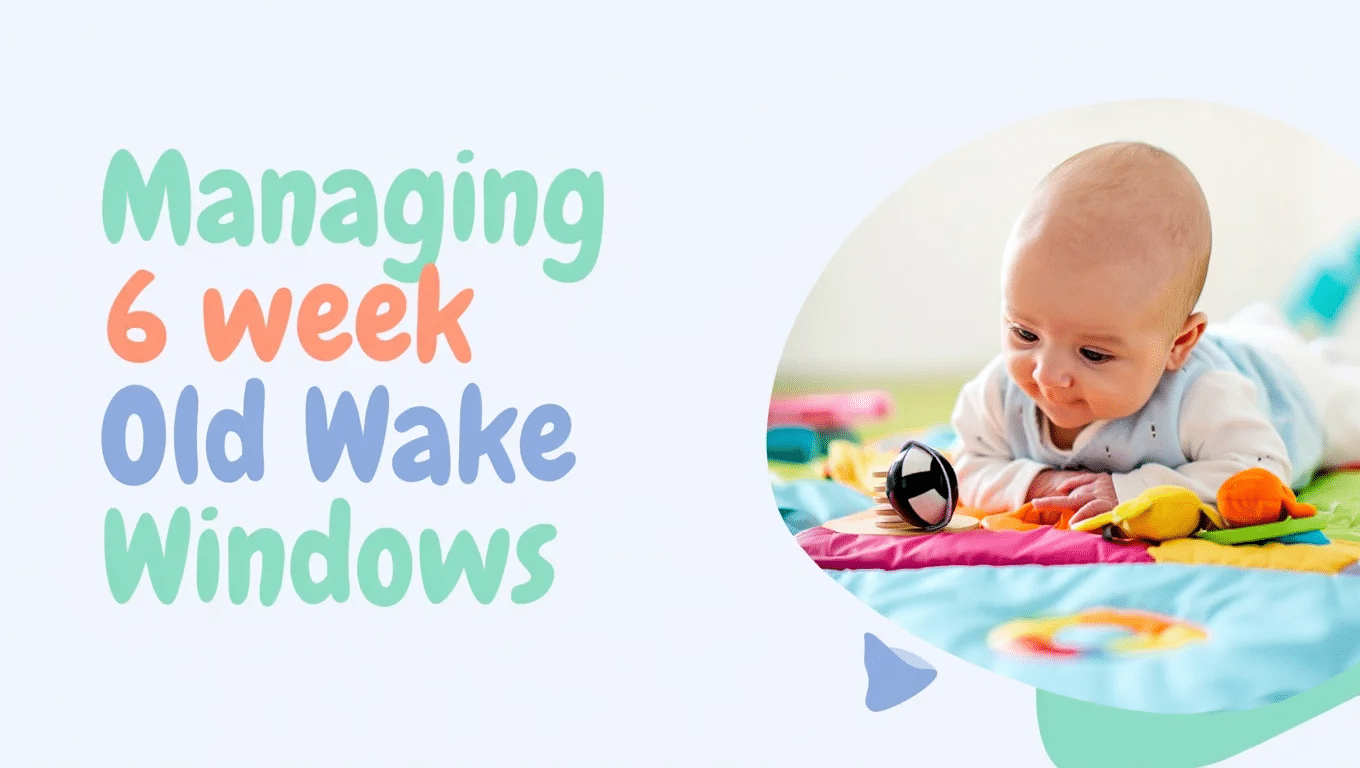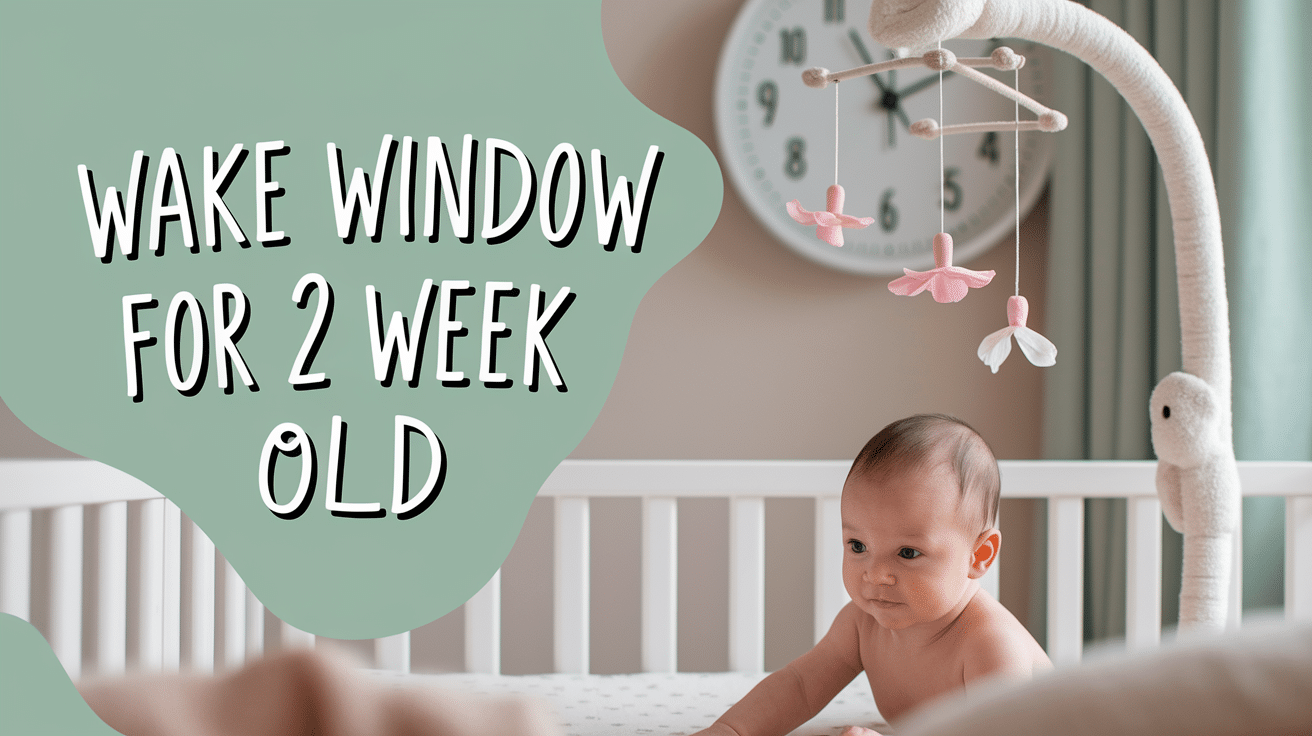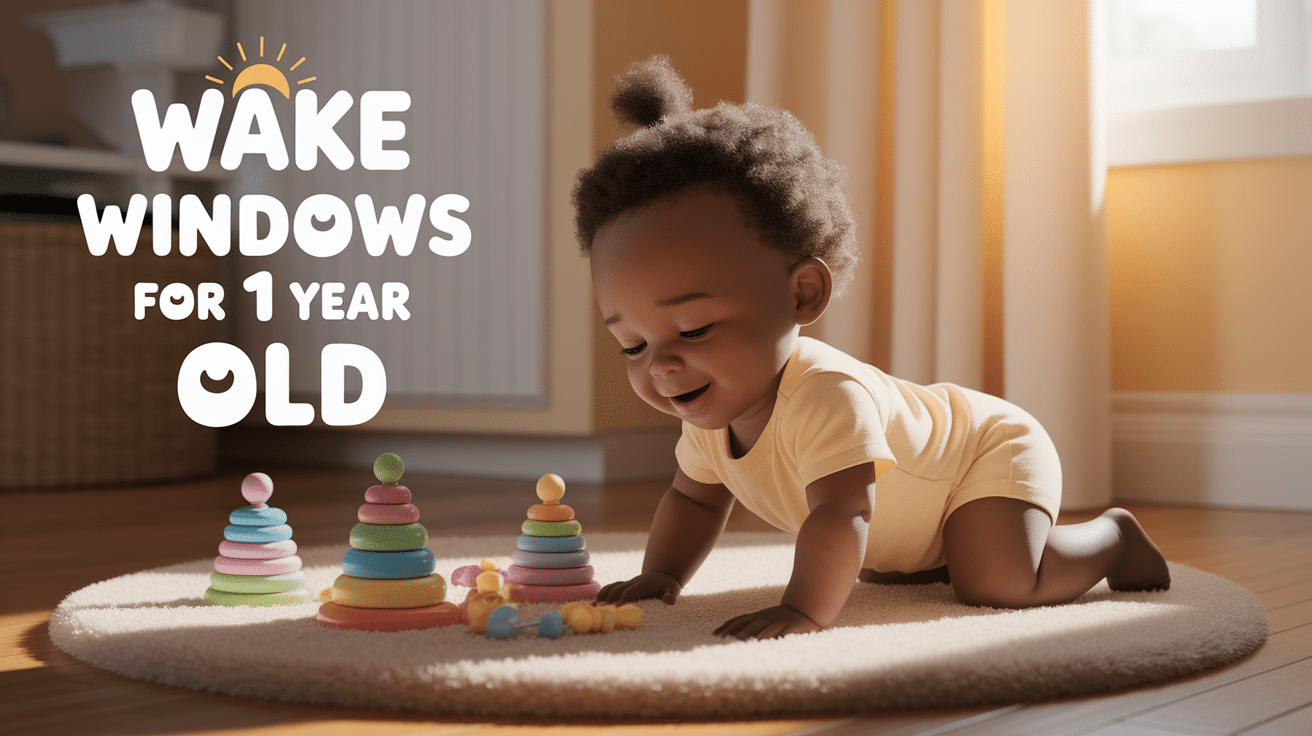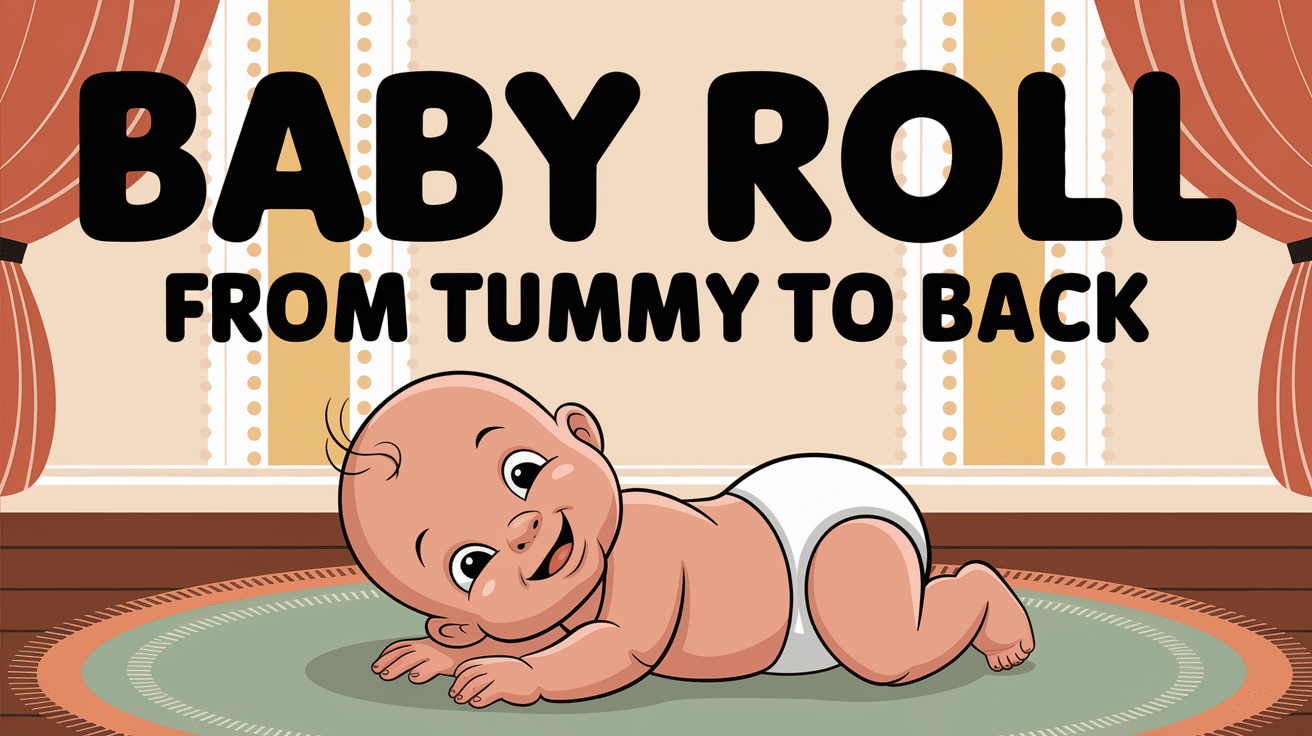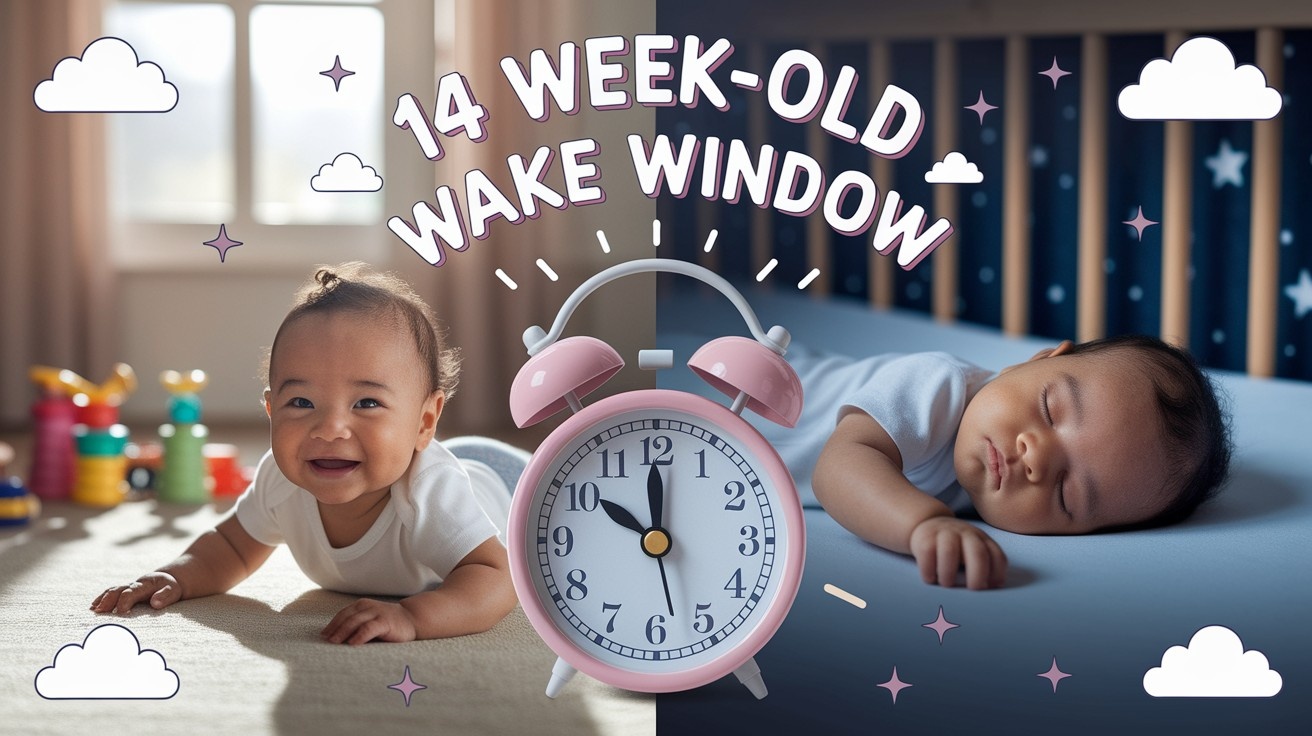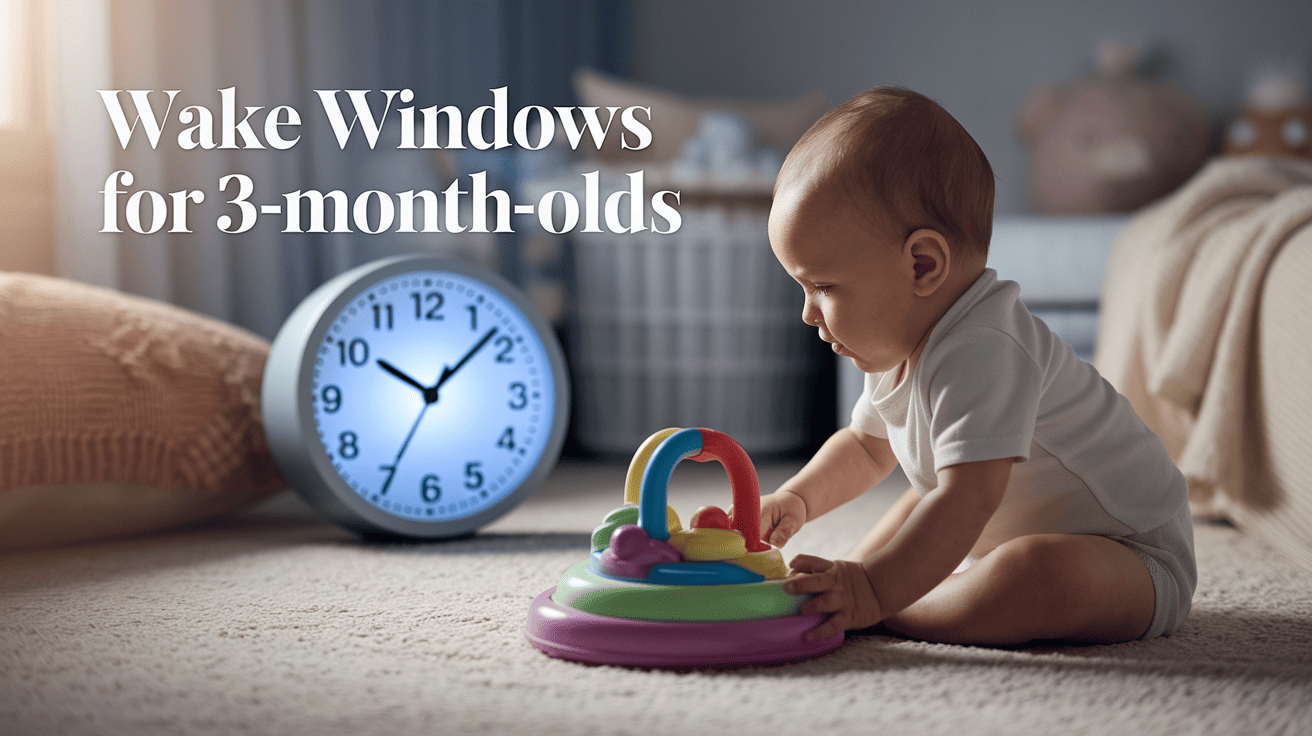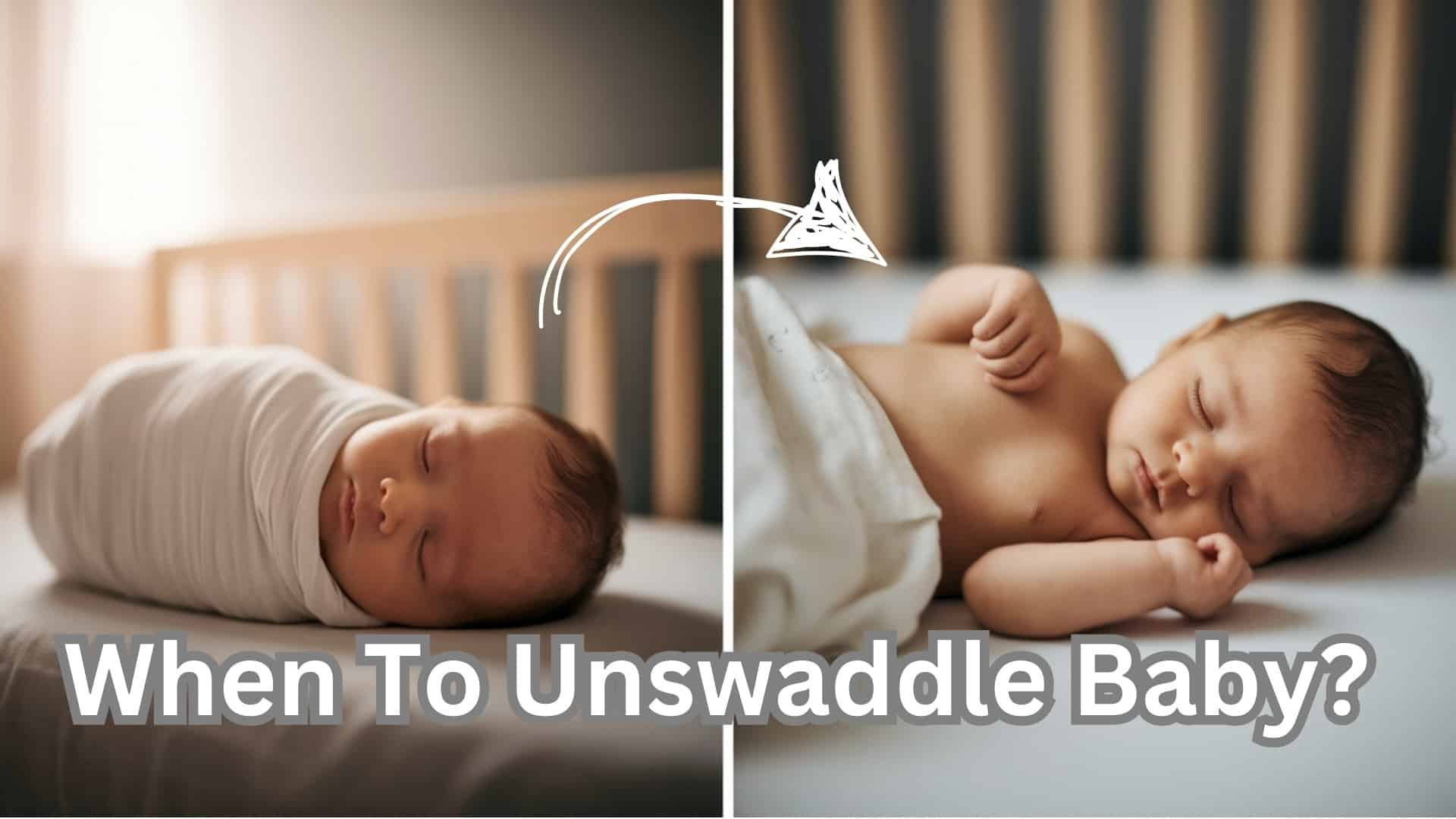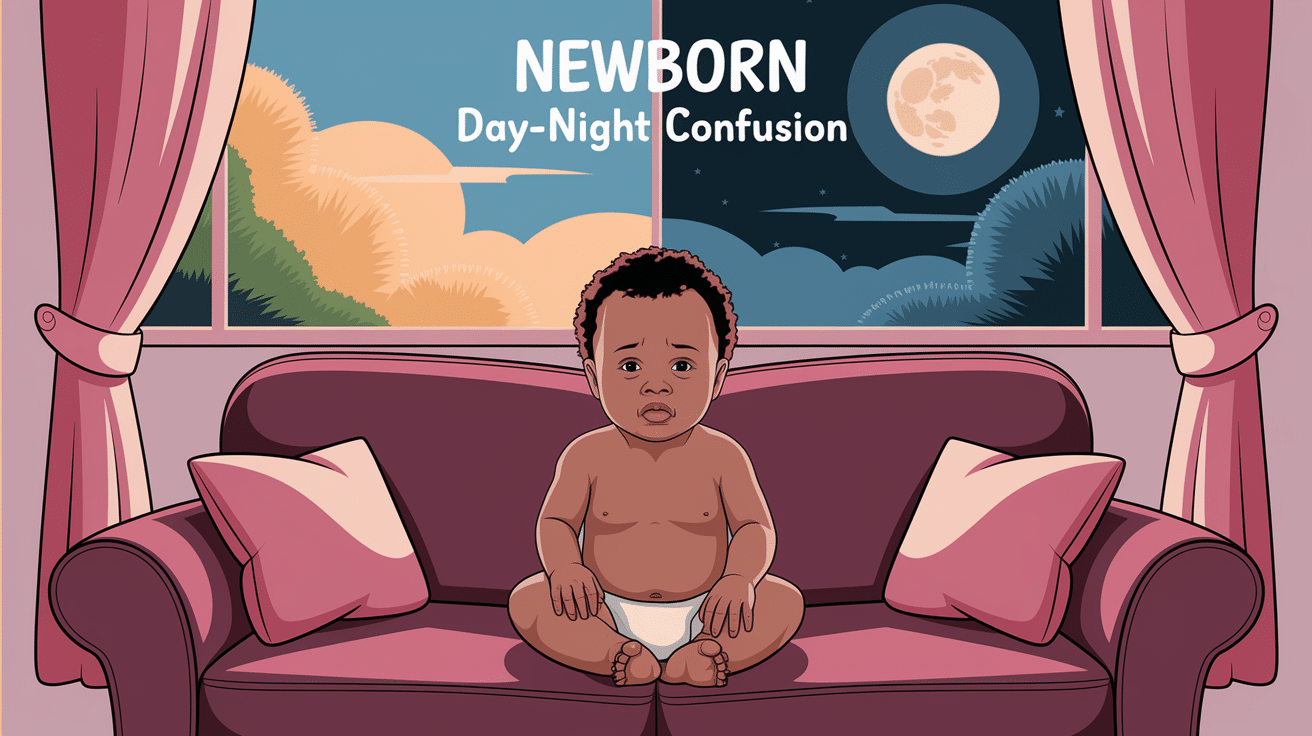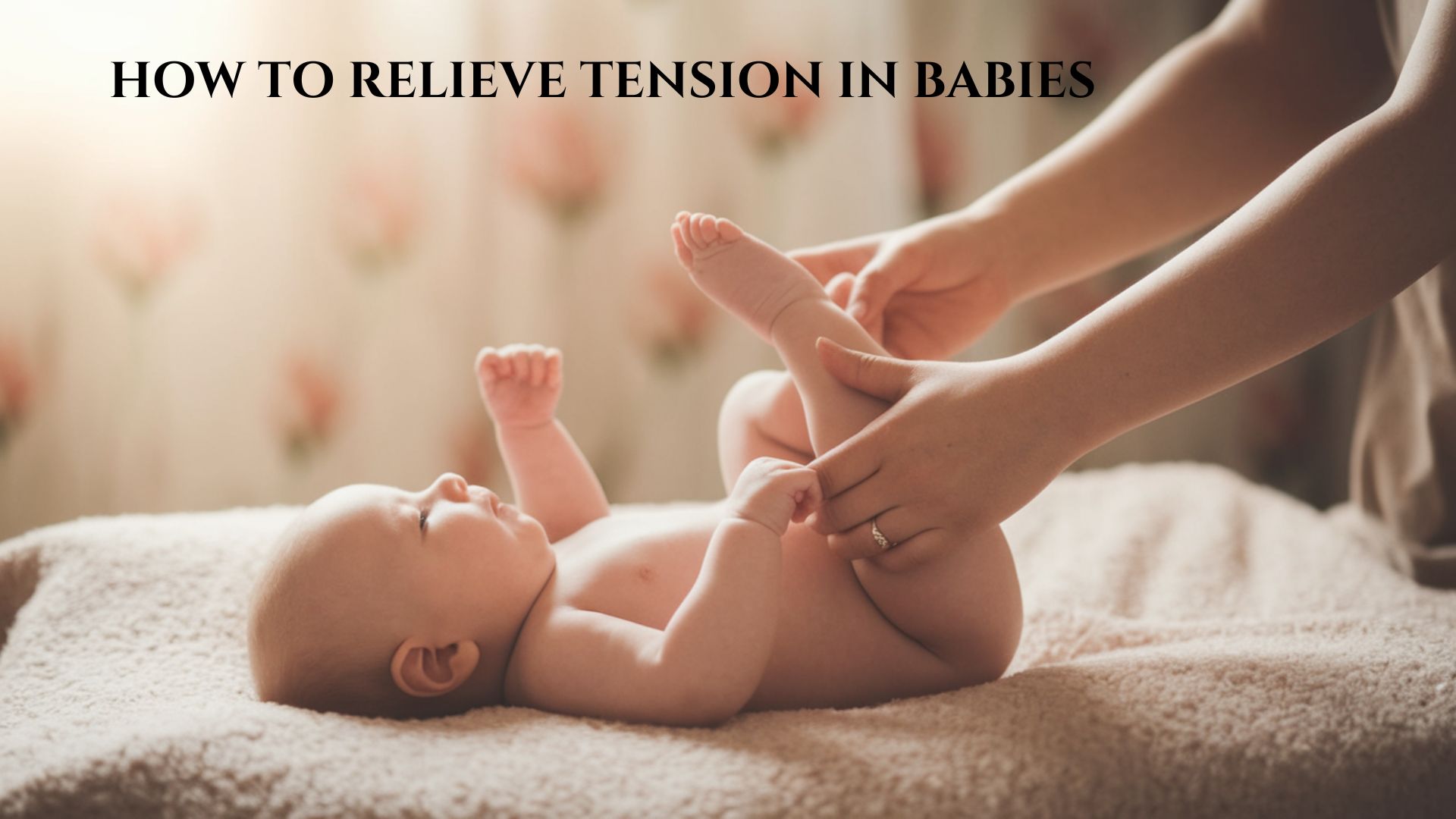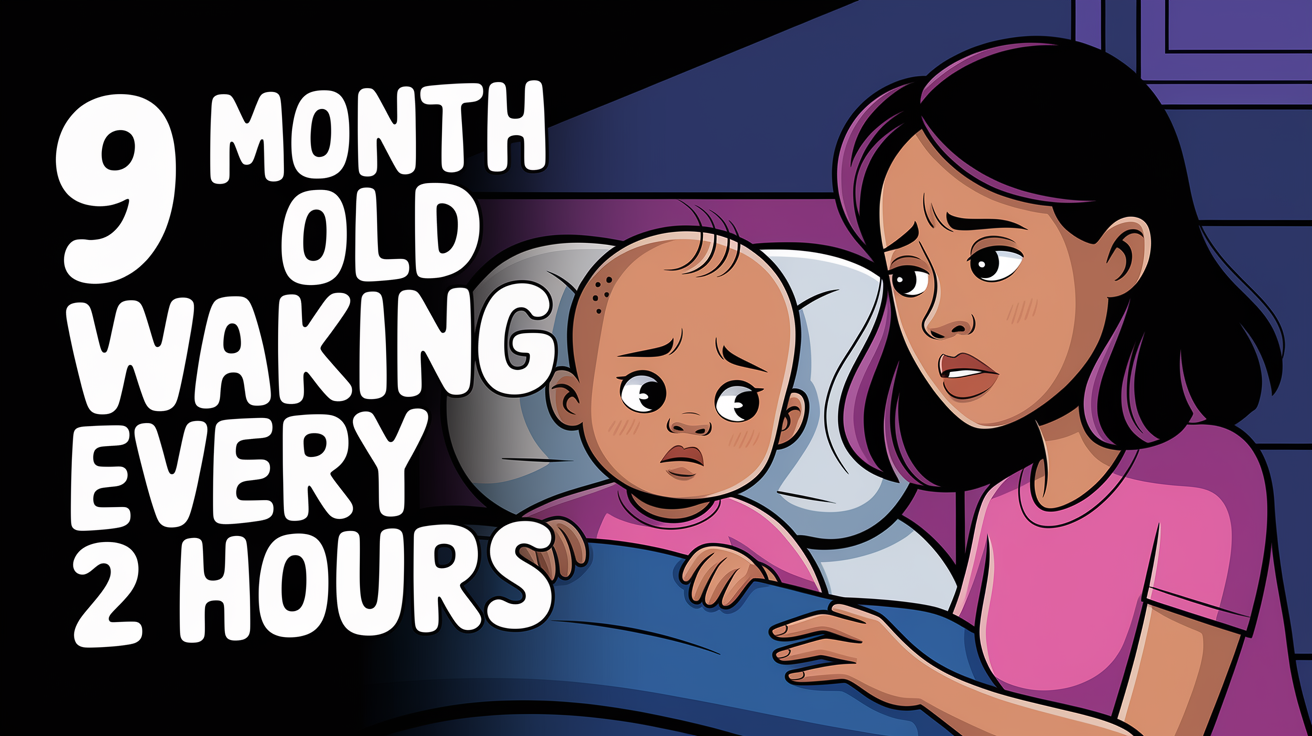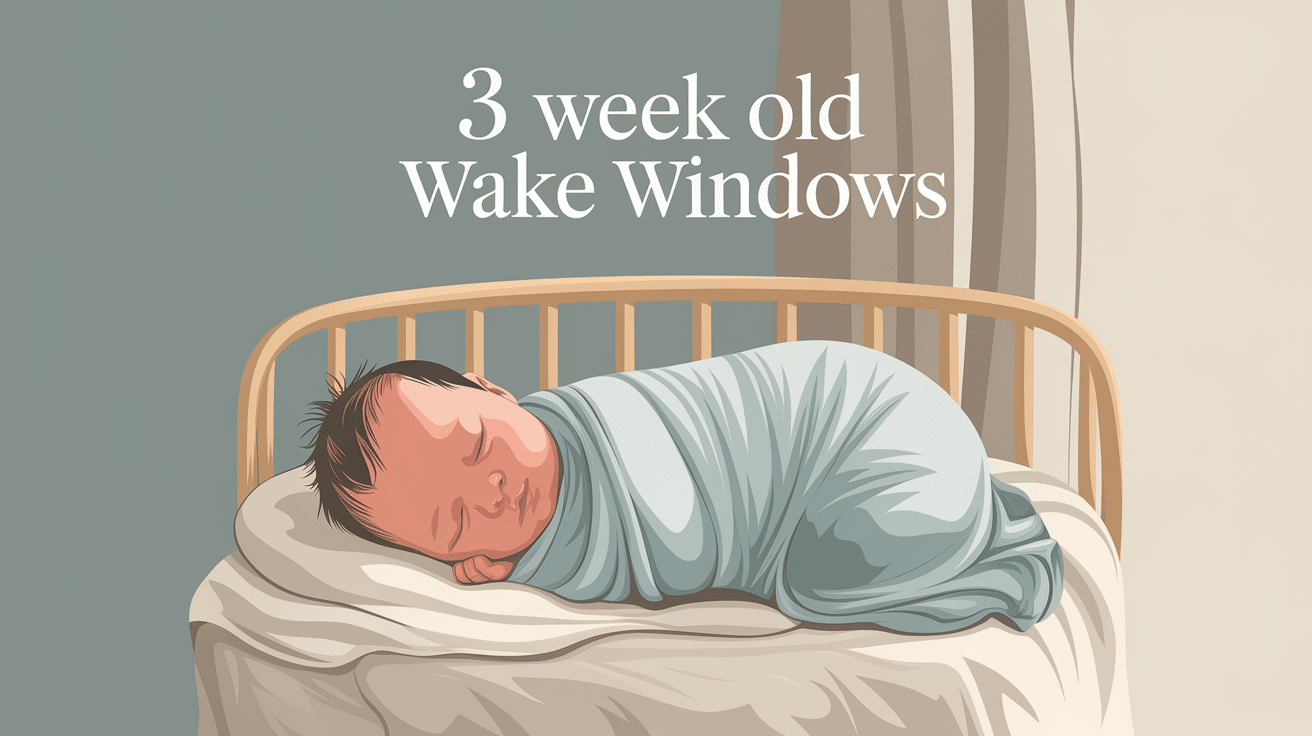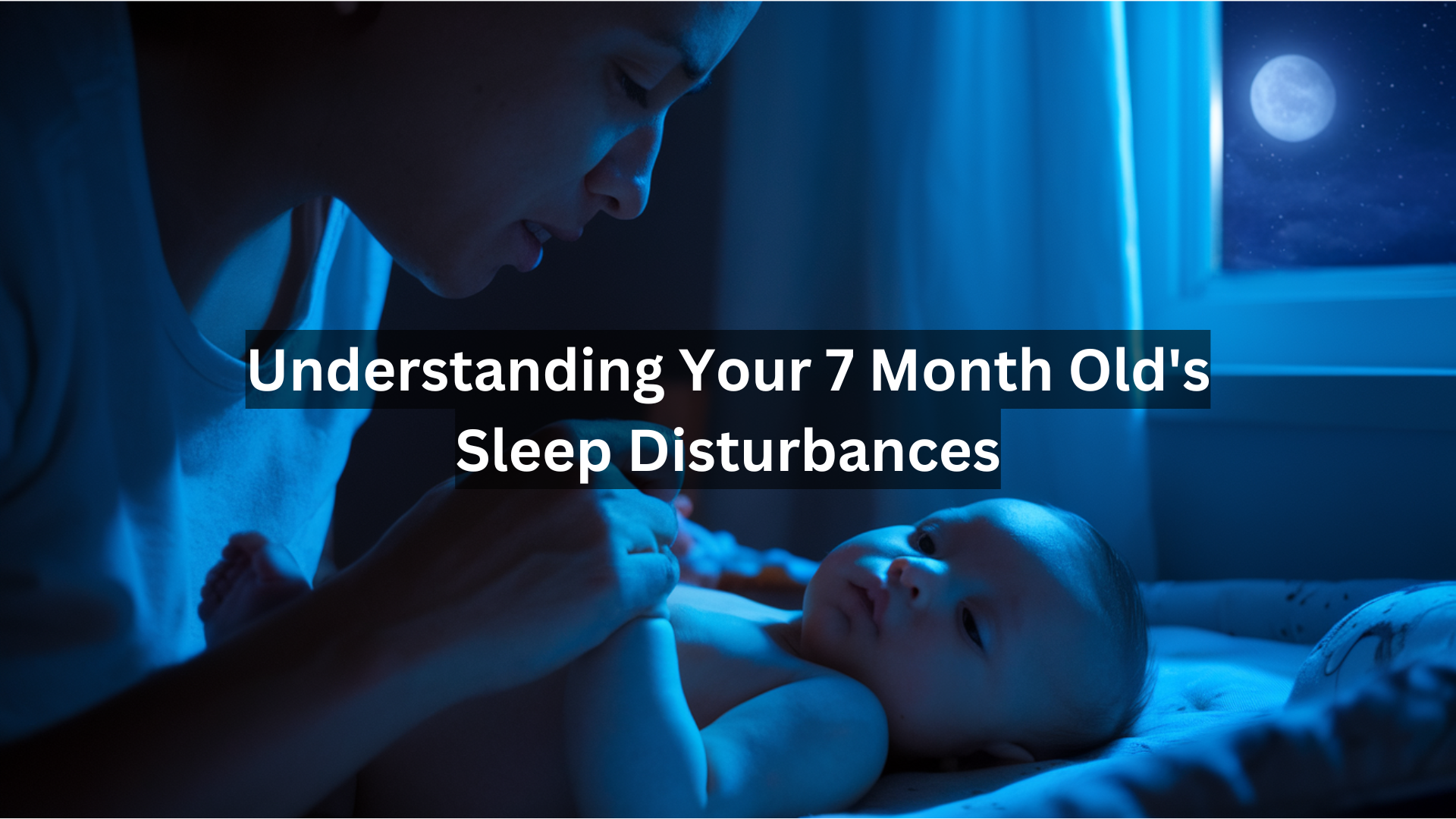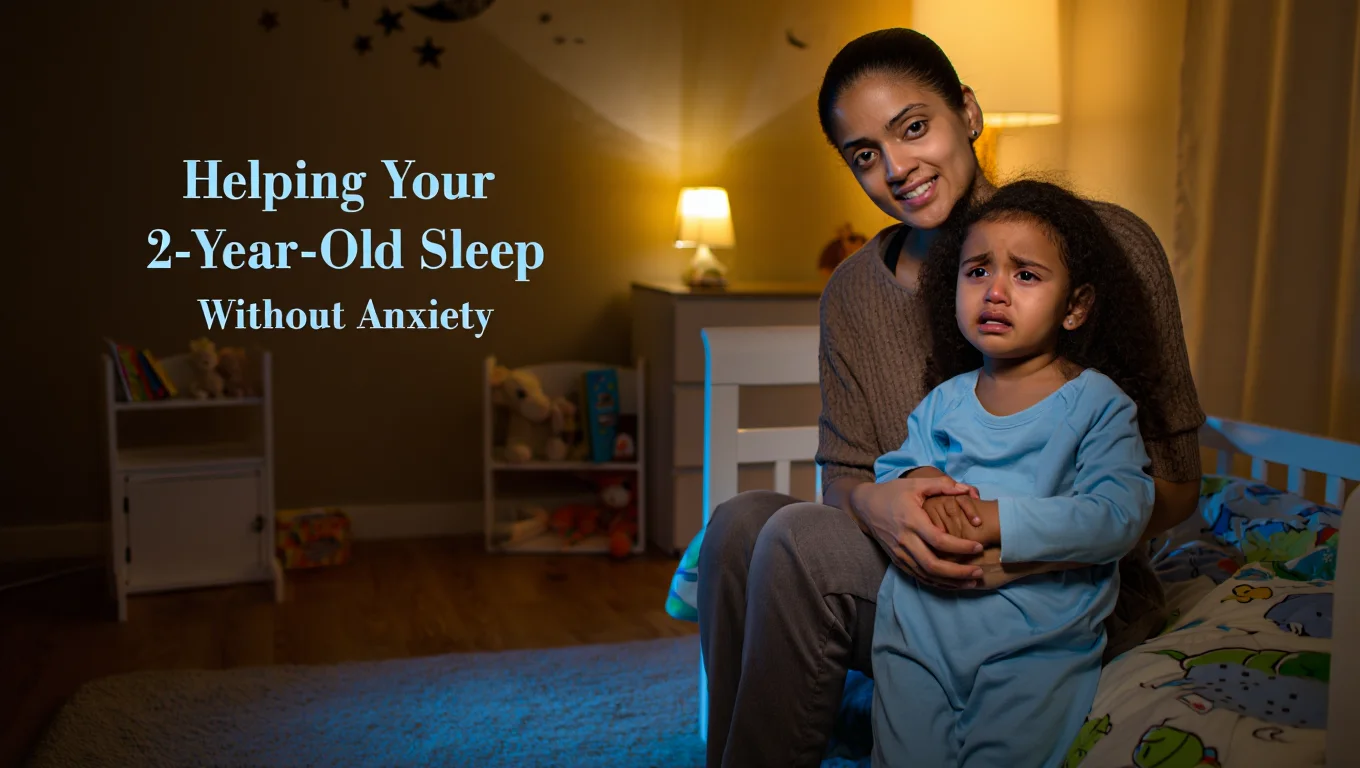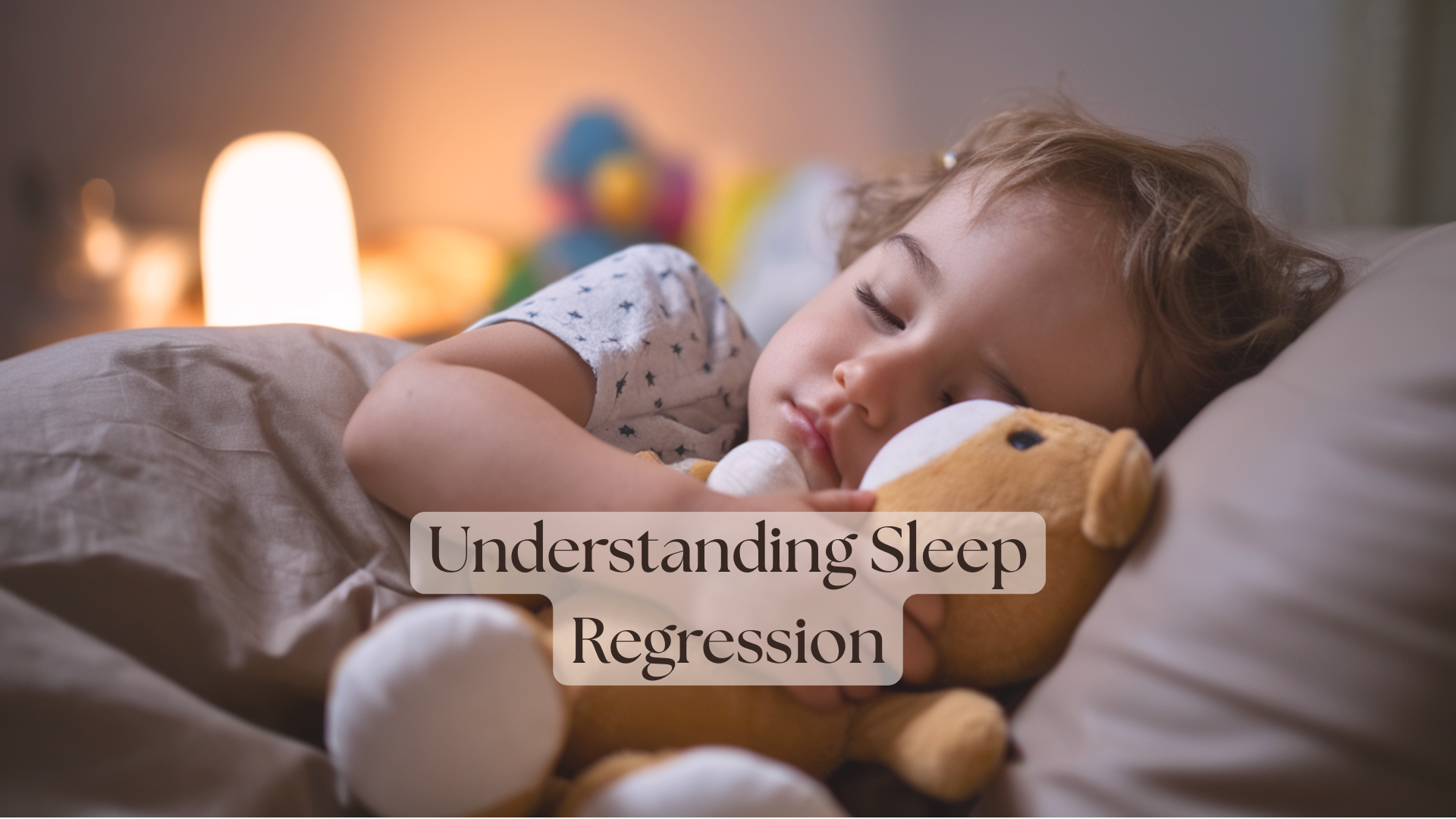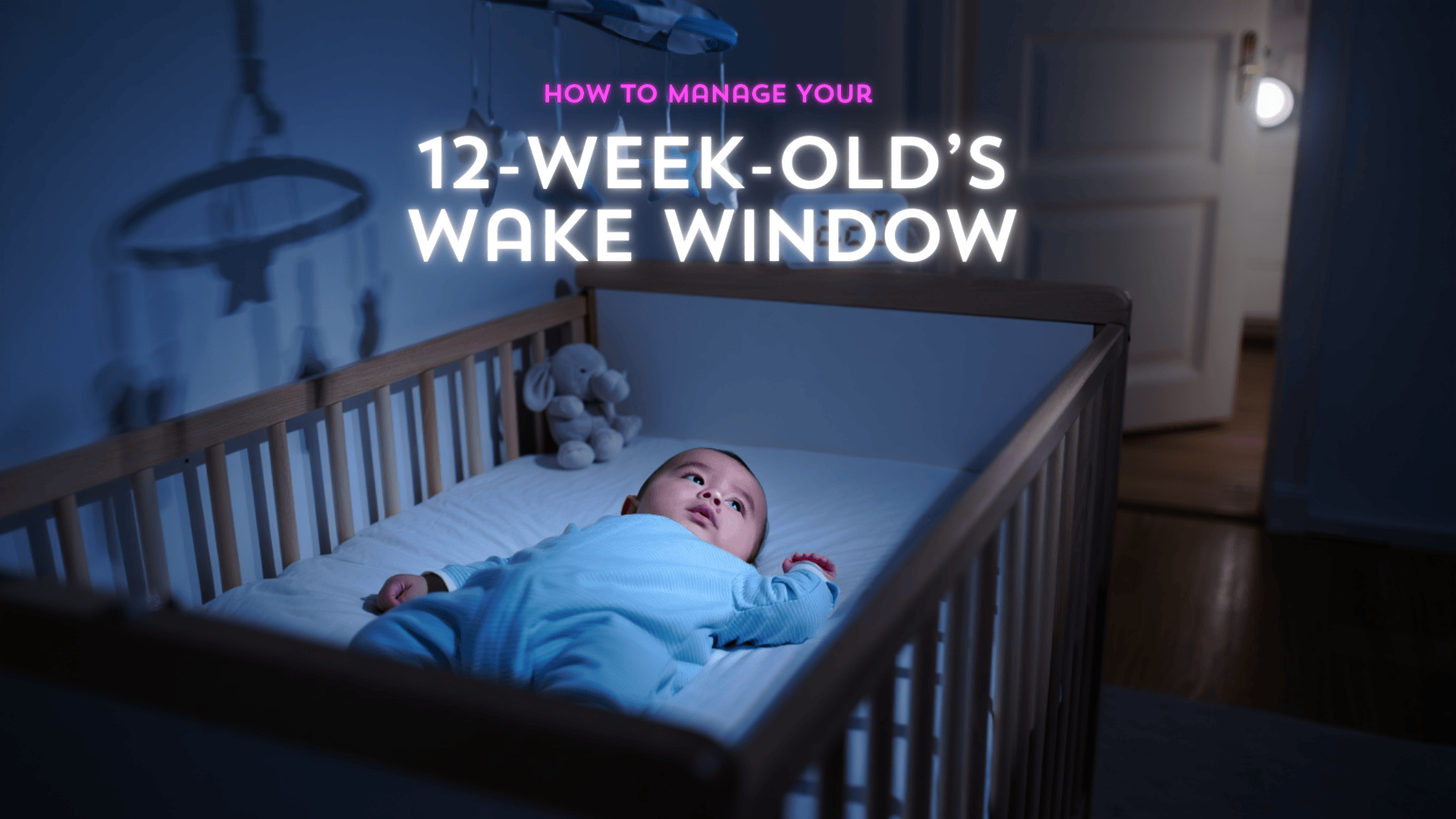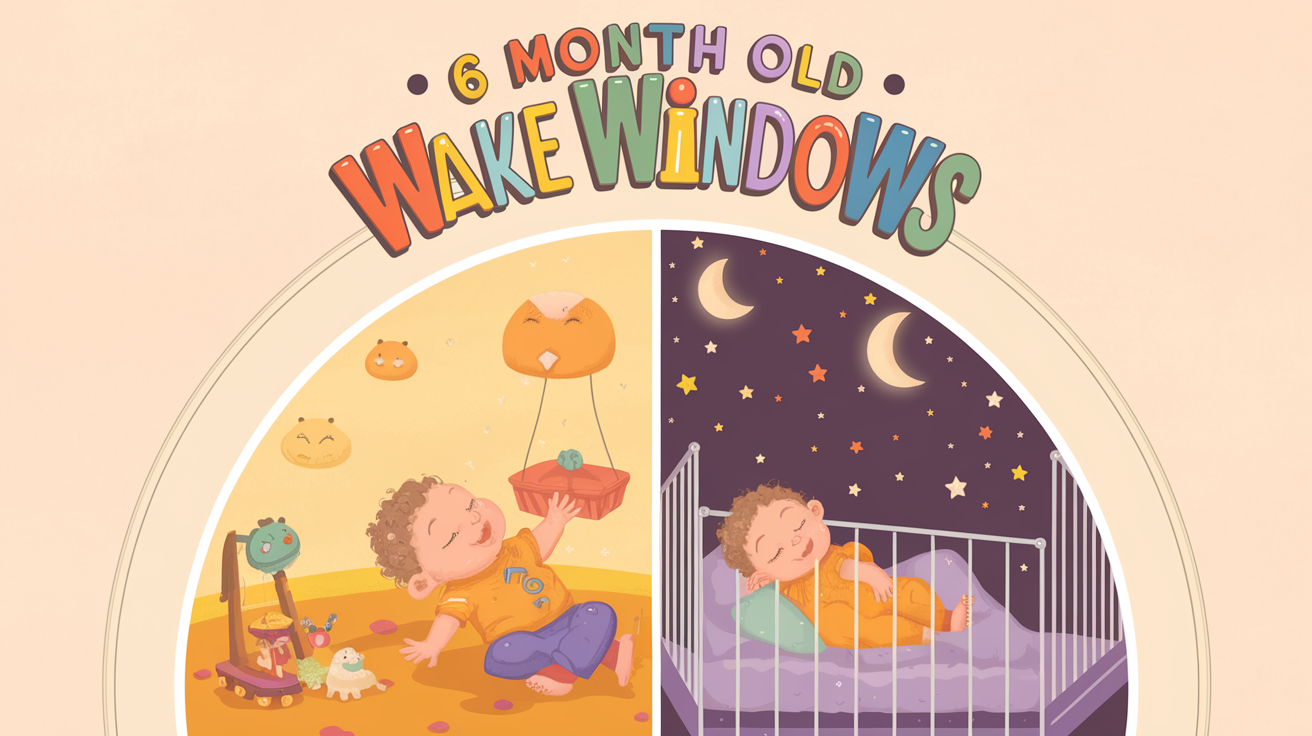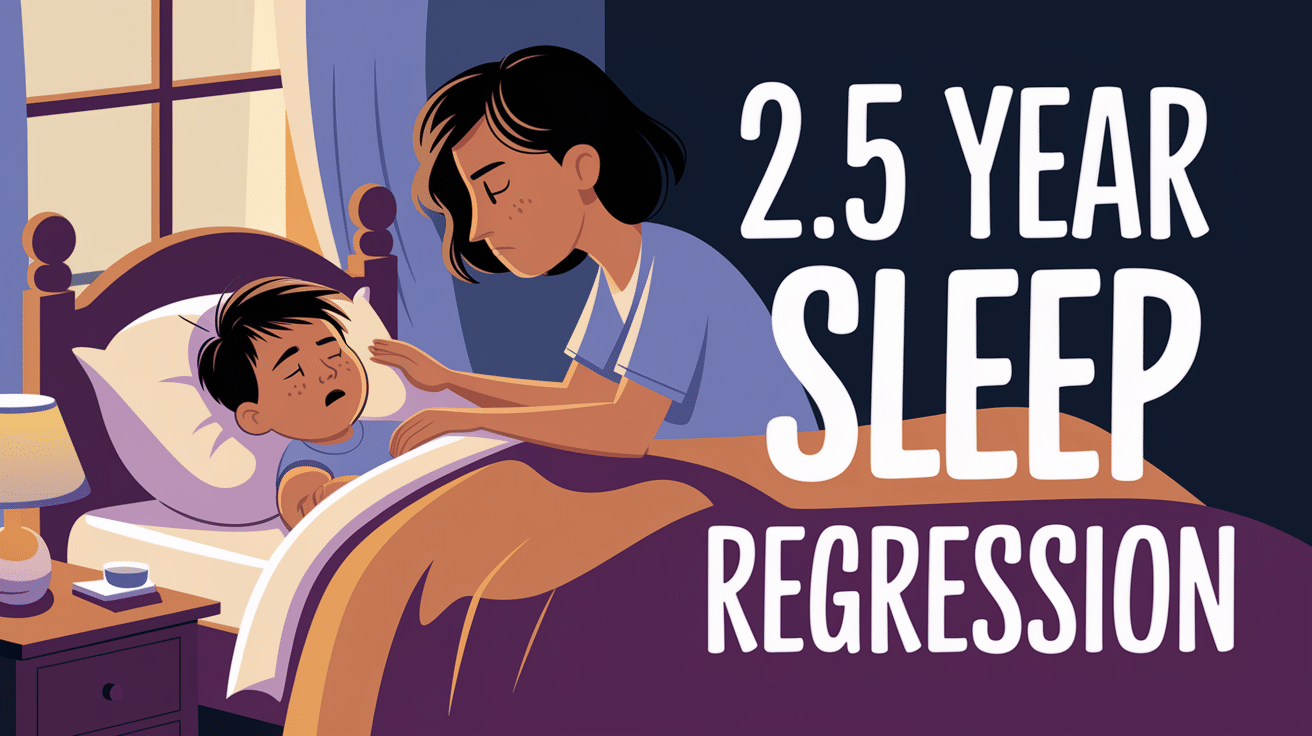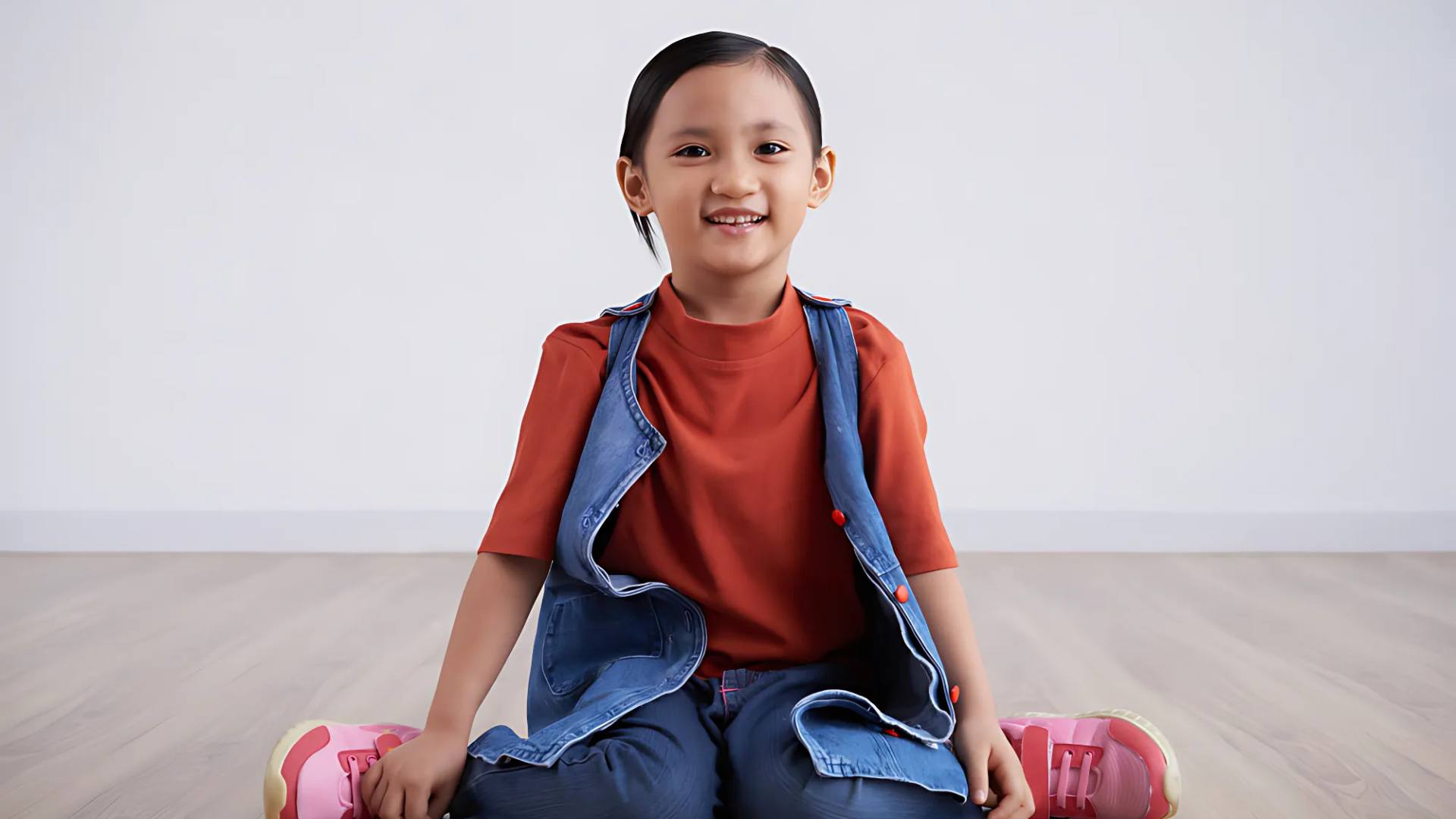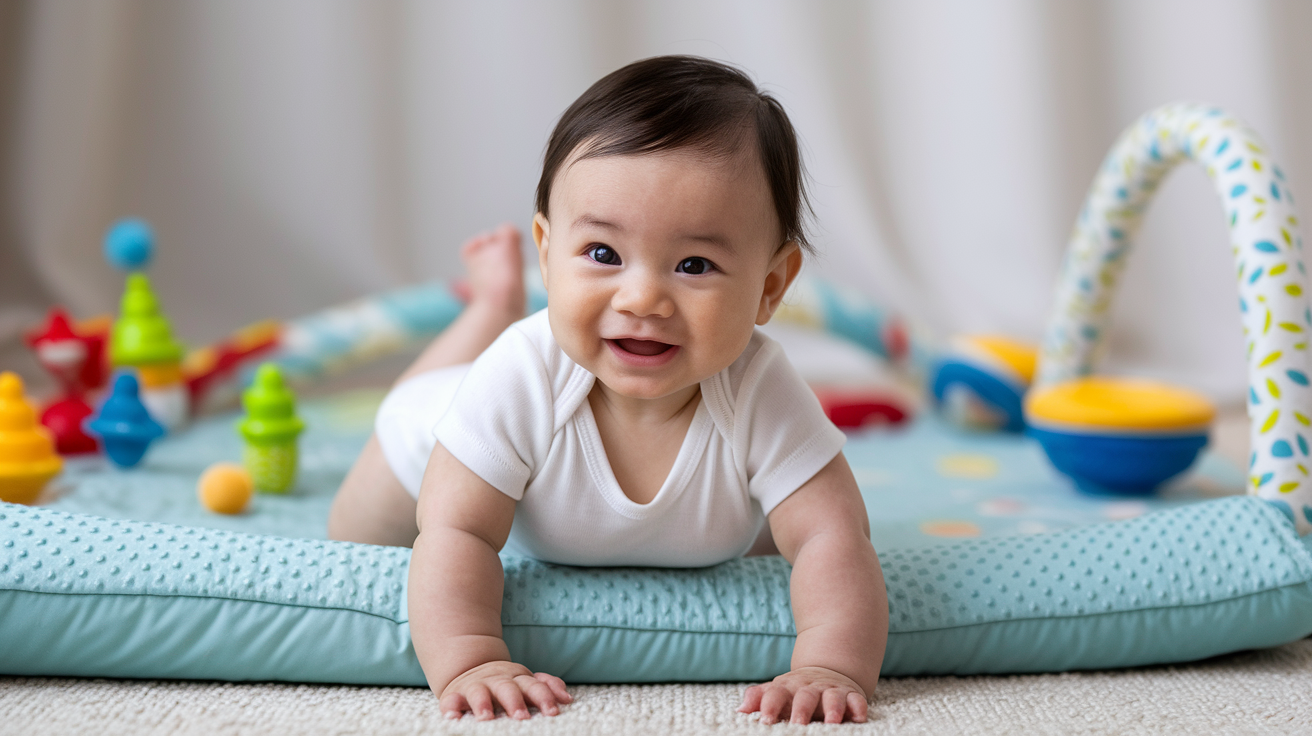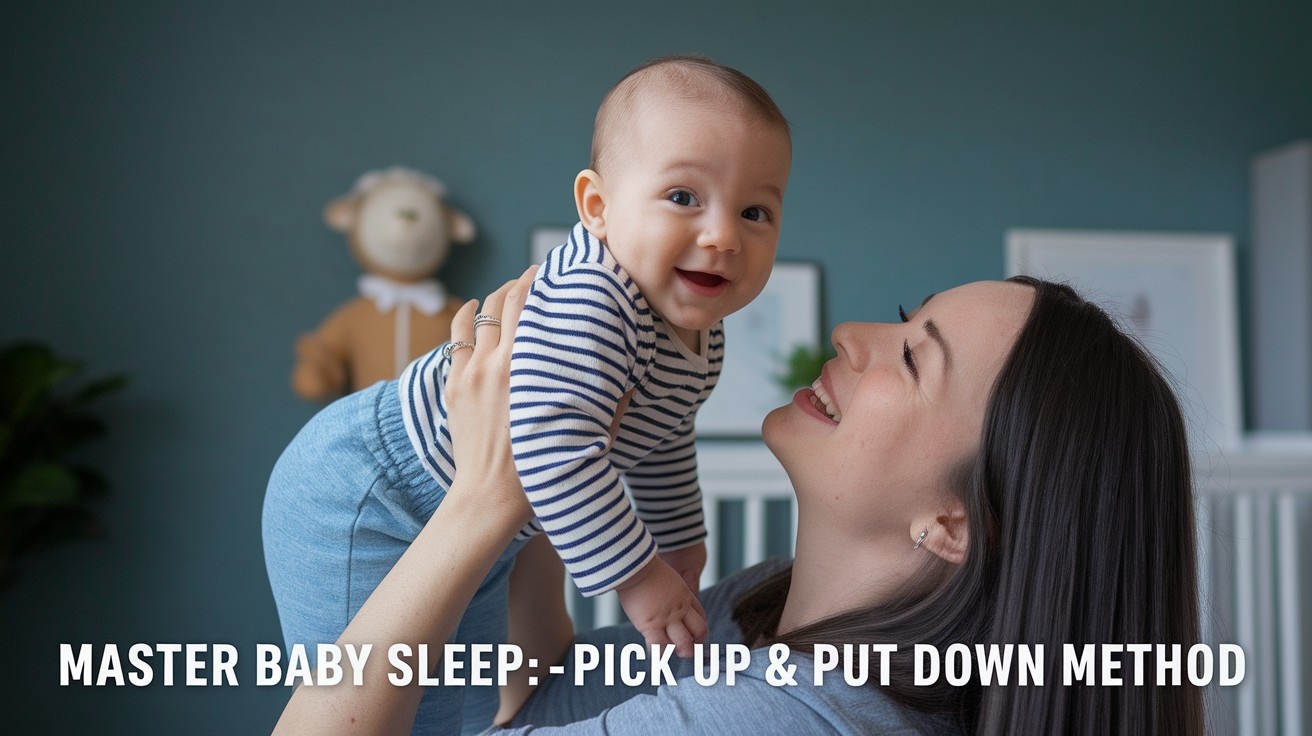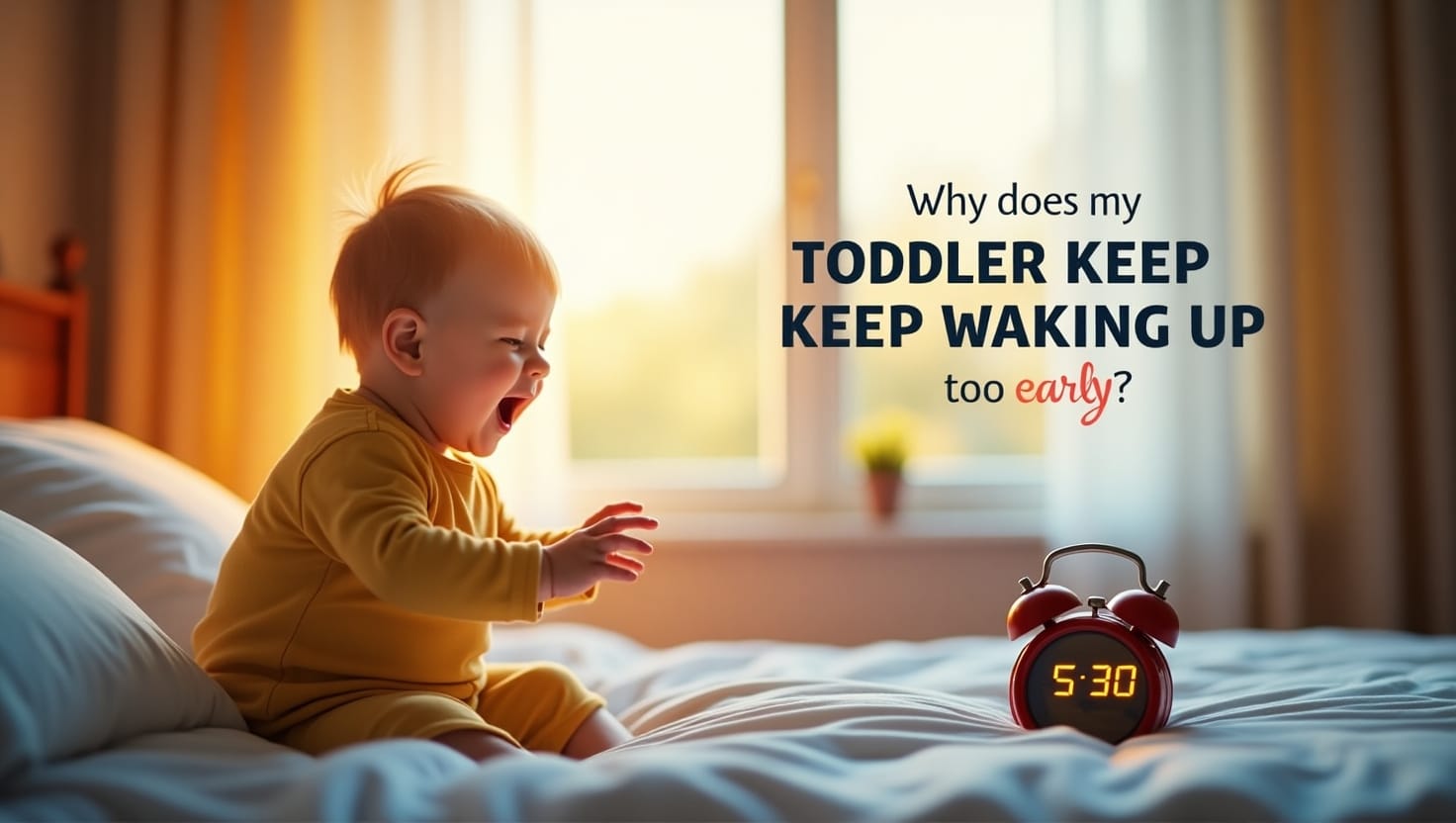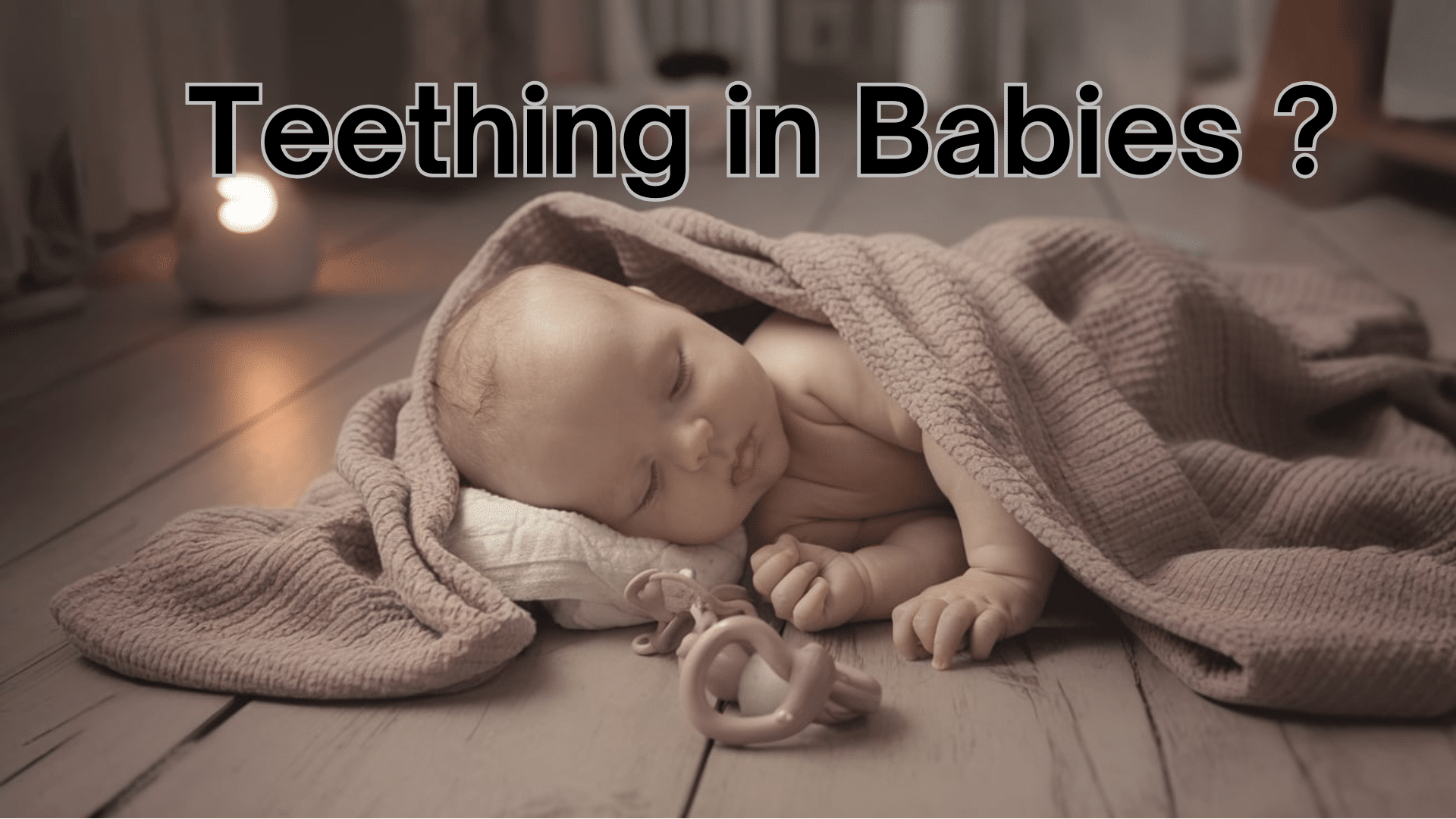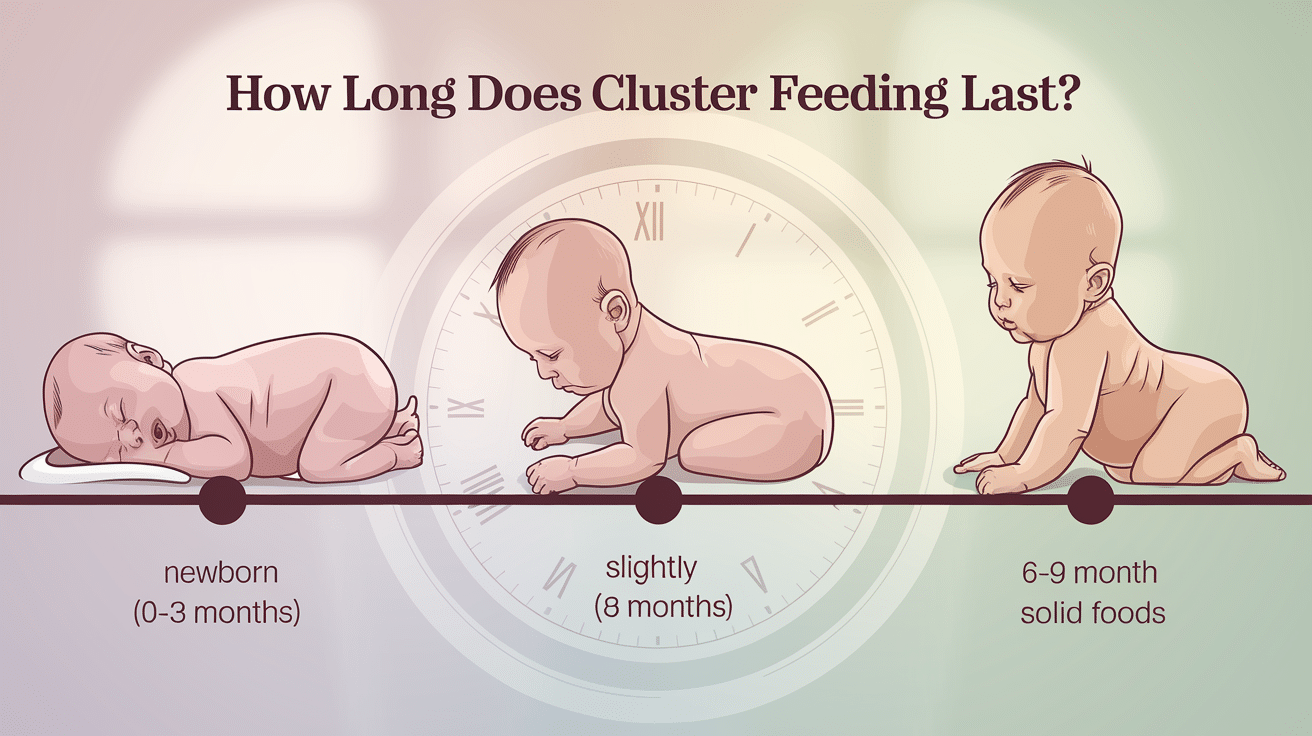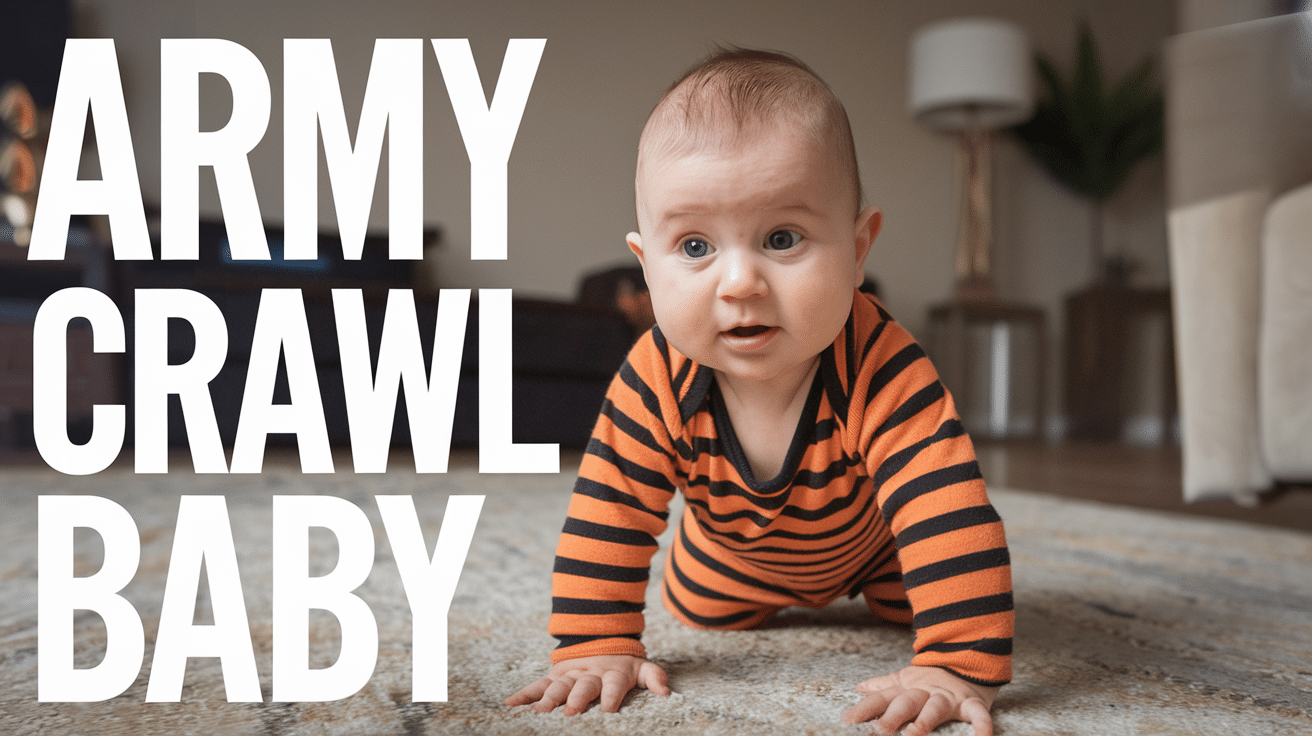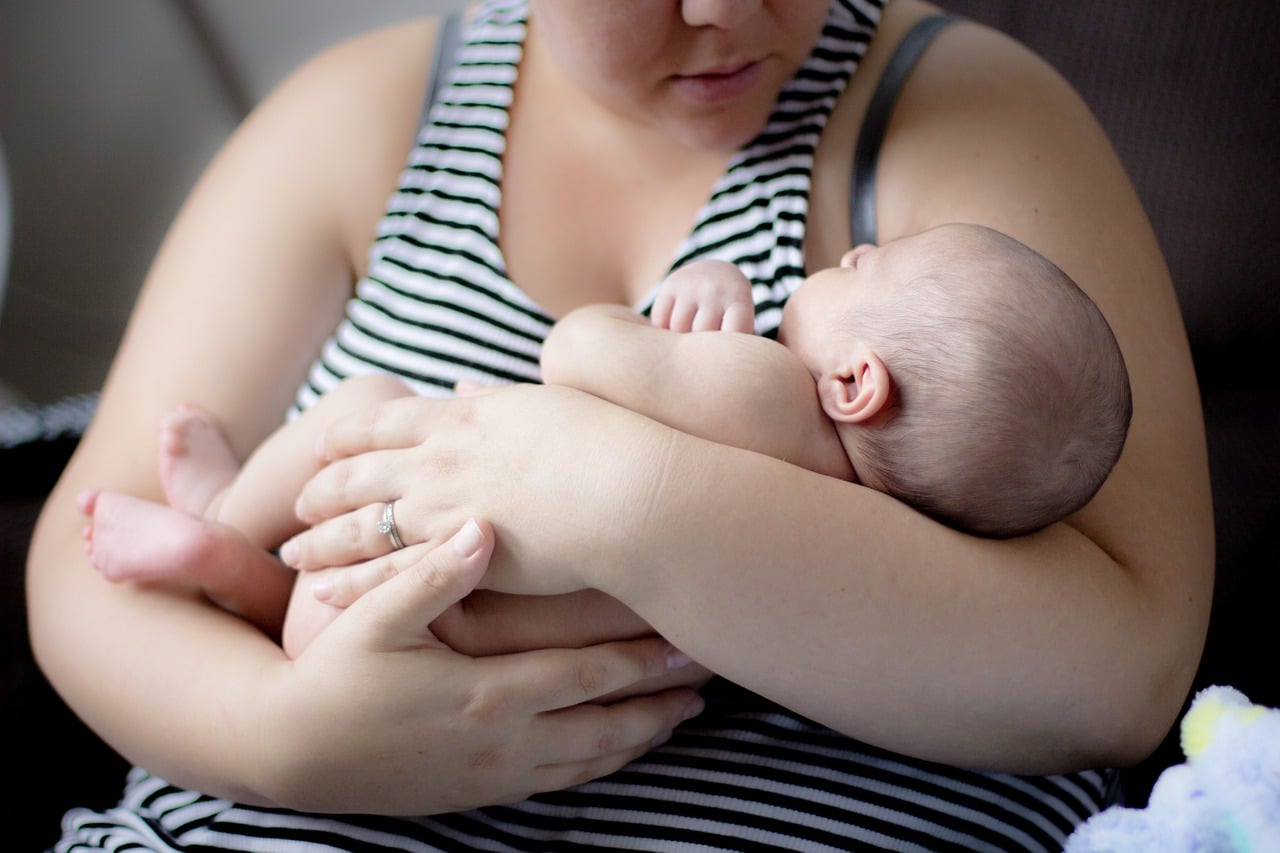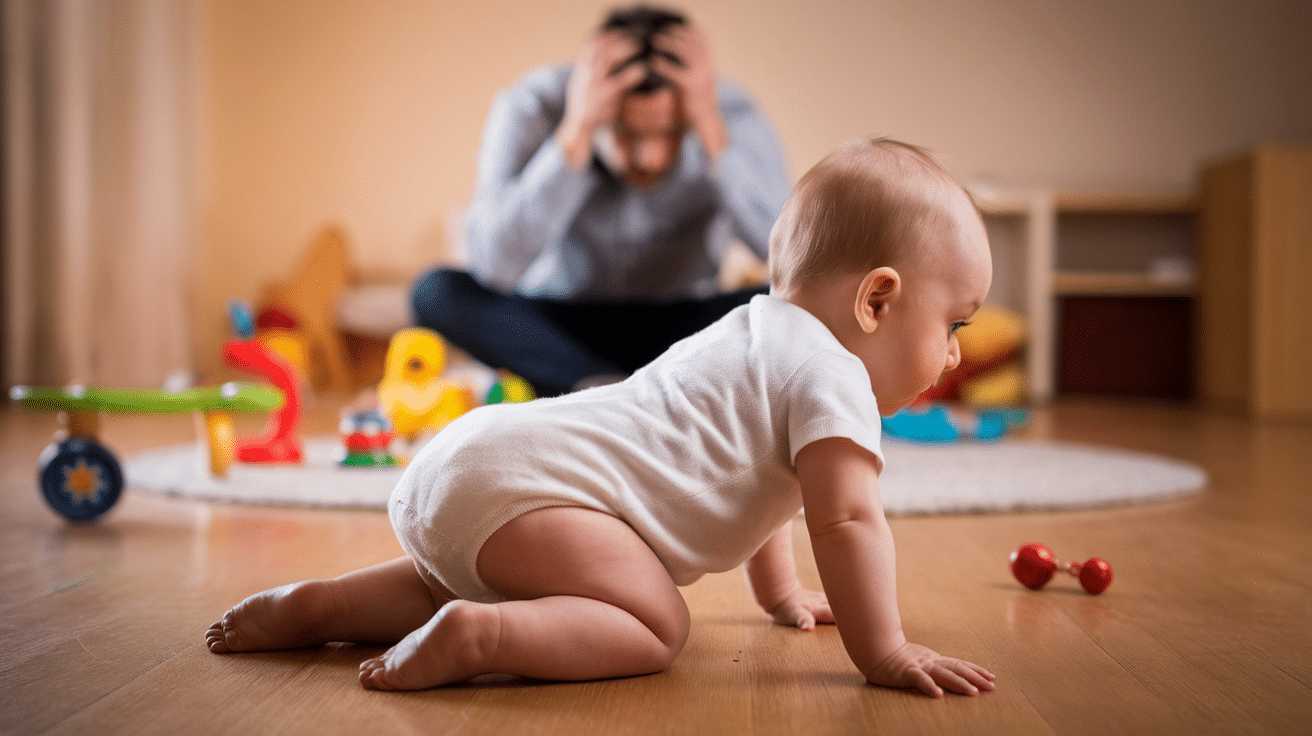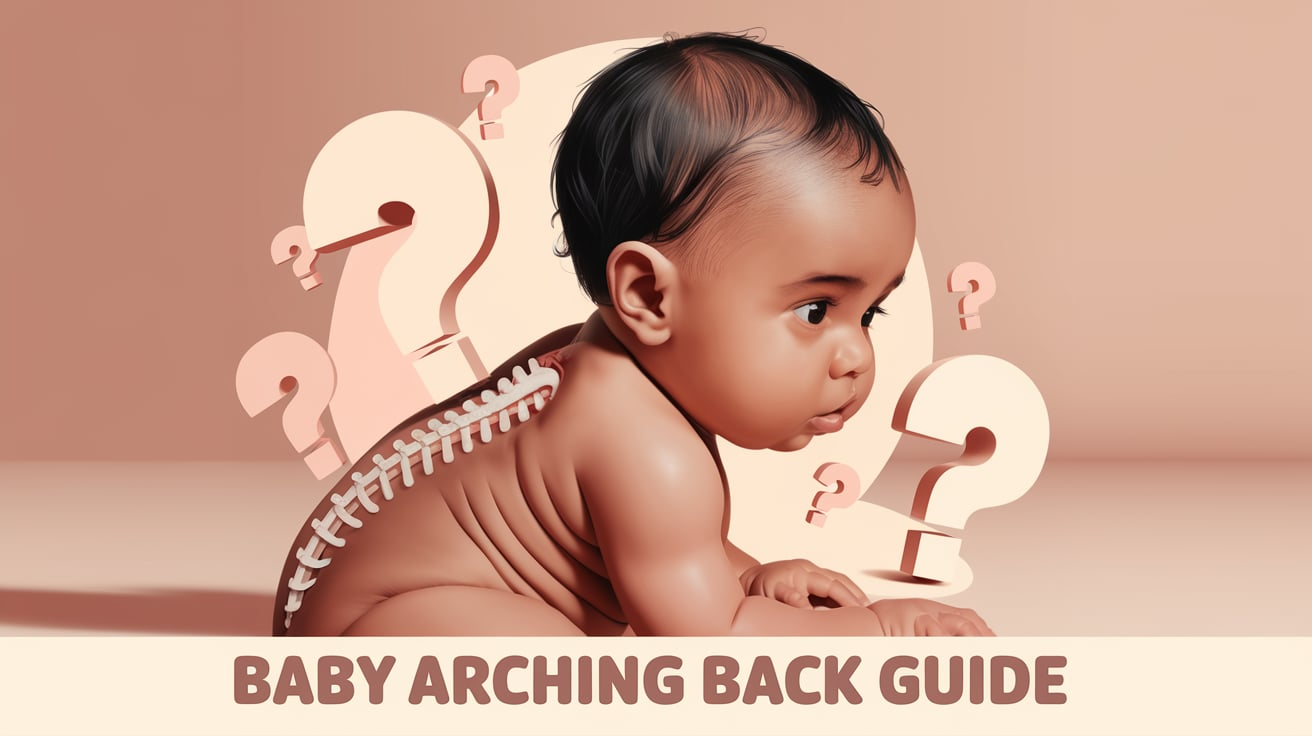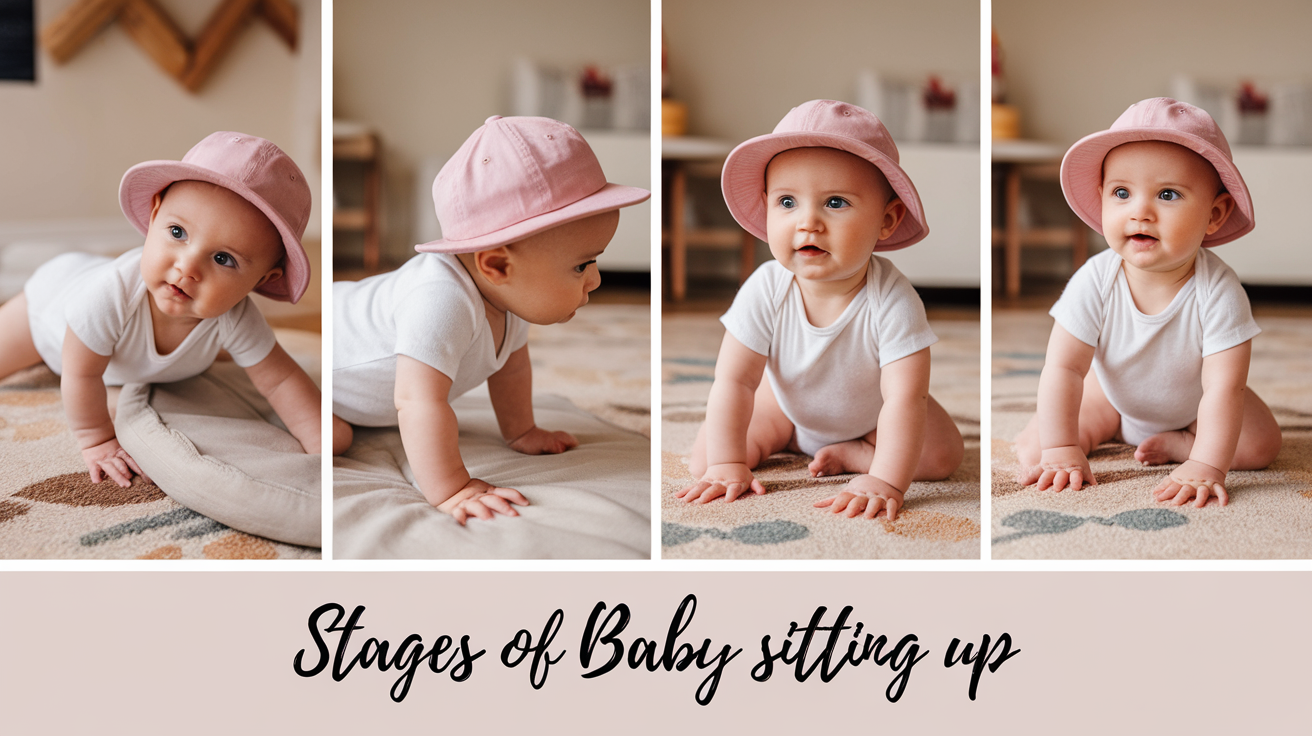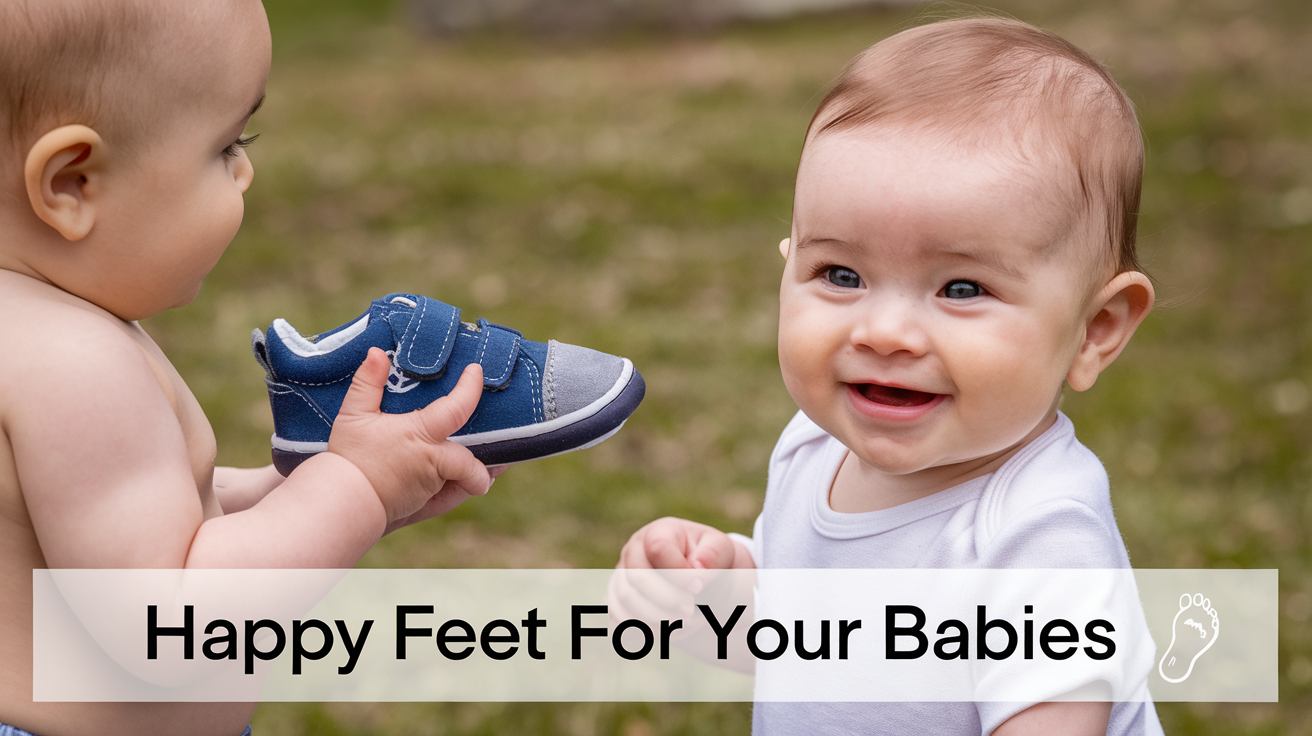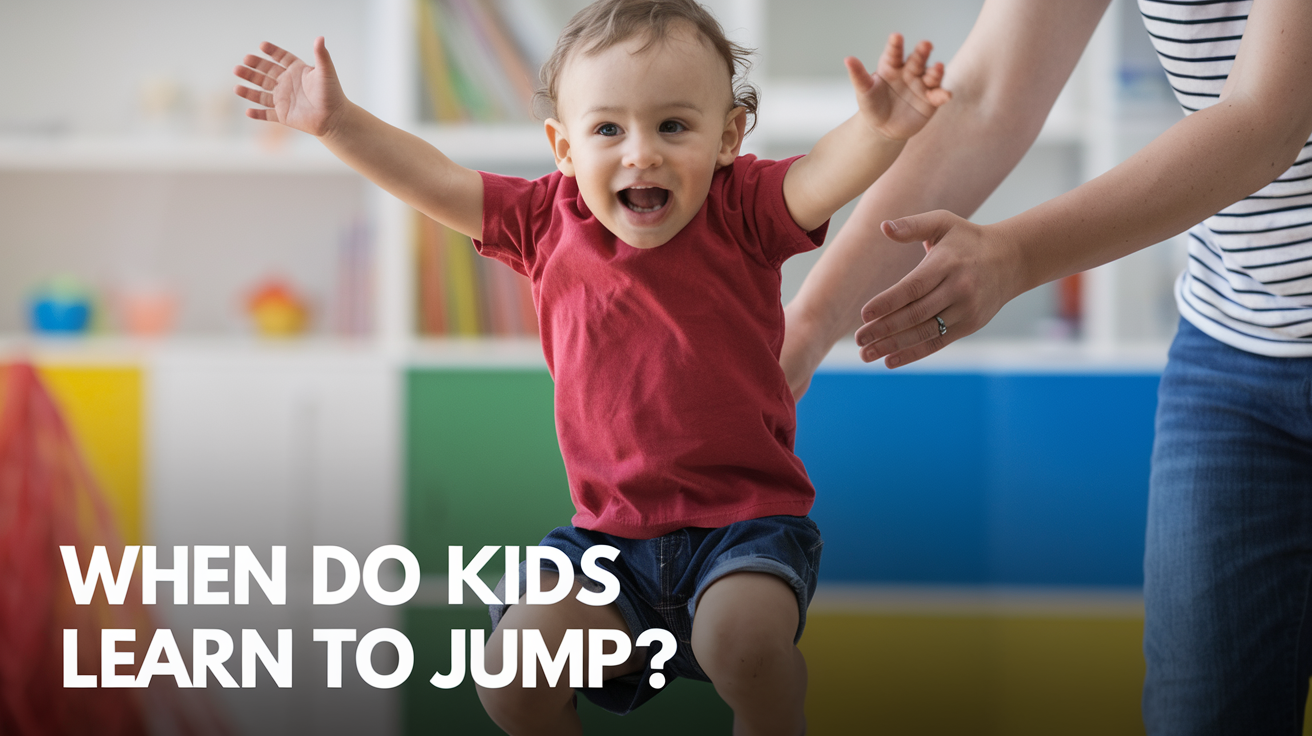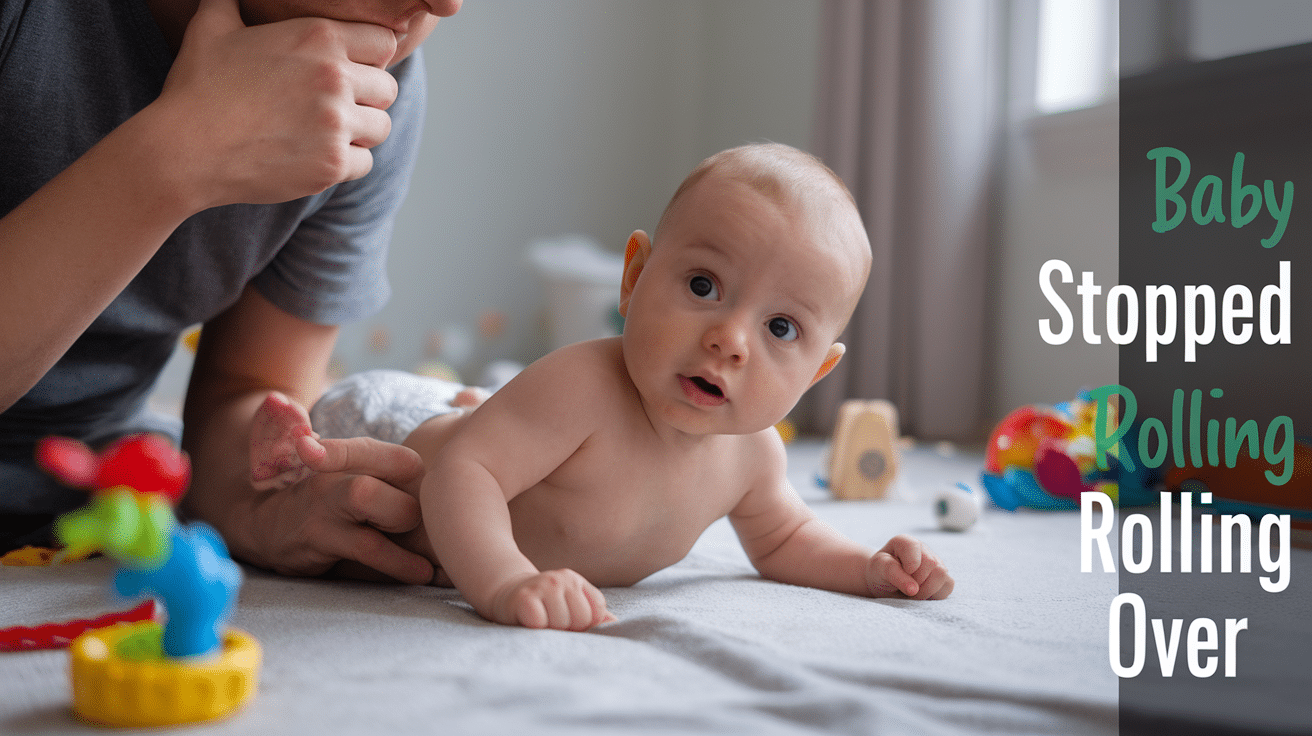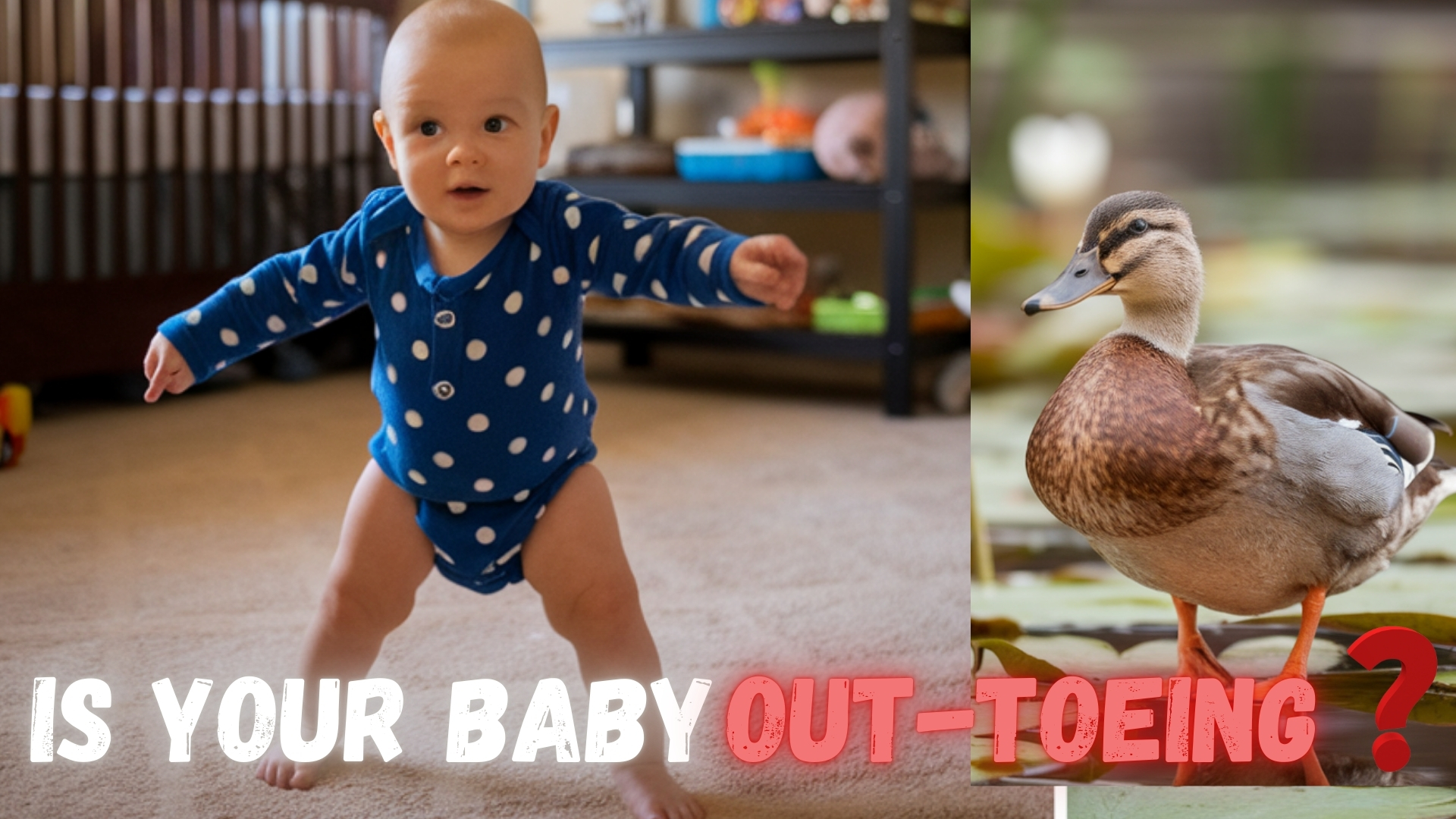
Is your heart full of joy seeing your baby take those first steps?
It’s a big moment when crawling turns into walking! But what if you notice their feet point outward instead of straight ahead?
This could be a unique walking style or a disorder such as out-toeing.
Don’t worry; we’ve got you covered! We have discussed everything from causes to solutions of out-toeing in this blog.
Stick around to learn why those tiny feet might be marching to their own beat—and what you can do about it! Who knew little footprints could tell such interesting stories?
What Is Out-Toeing in Babies?
Out-toeing is when a baby’s feet point outward instead of straight ahead when walking or standing. You might notice that your baby’s toes point away from each other, making them look a bit like ducks when they walk.
This is common in babies who are just learning to walk.
In-toeing is the opposite of out-toeing. Here’s how they differ:
| In-toeing | Out-toeing |
|---|---|
| Feet point inward | Feet point outward |
| Toes point toward each other | Toes point away from each other |
| Also called “pigeon-toed” | Sometimes called “duck-footed.” |
| Causes include twisted shin bones | Often caused by the turned-out hip position |
Is Out-Toeing Normal?
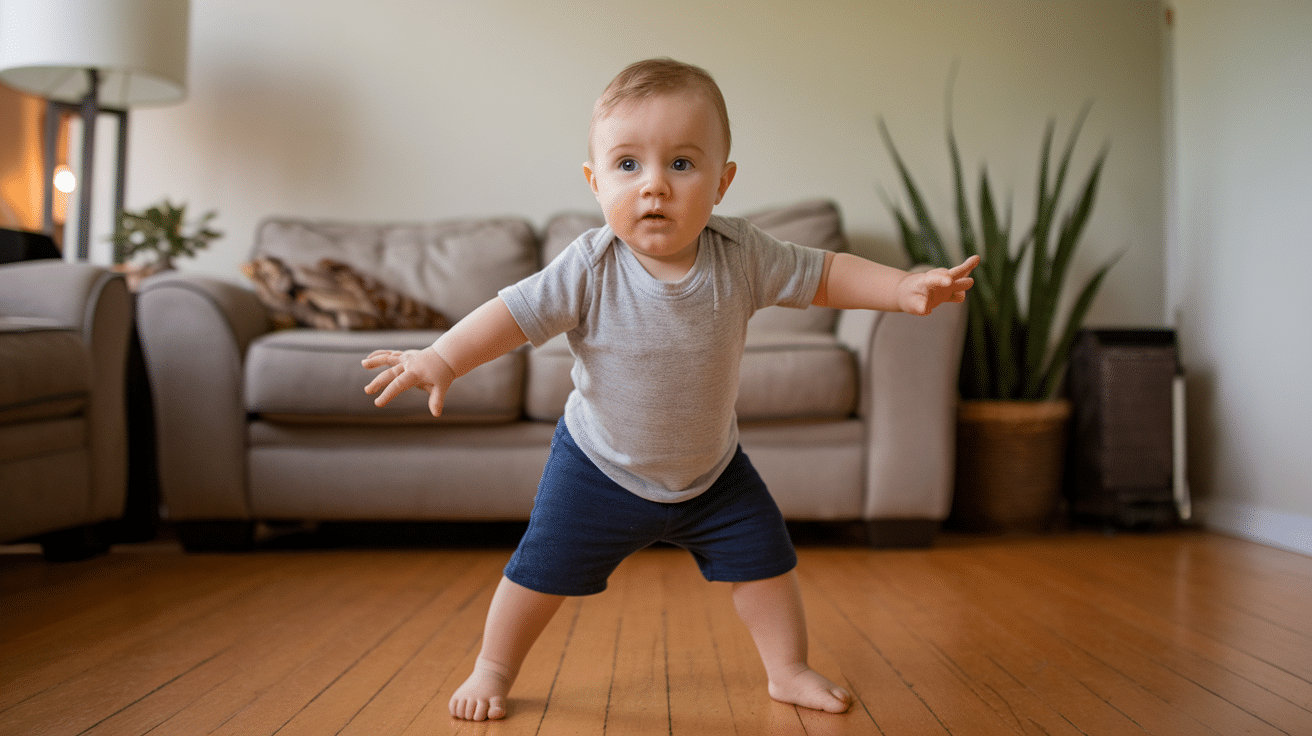
Yes, out-toeing is generally normal in babies and young children.
Many infants naturally point their feet outward when they first begin walking.
This foot position typically corrects itself as children grow and develop stronger muscles. Most cases of out-toeing resolve without treatment by age 3-4.
Parents should only be concerned if the condition is severe, causes pain, affects only one foot, or persists beyond preschool age. Regular check-ups can help monitor your child’s development.
Common Causes & Signs of Out-Toeing
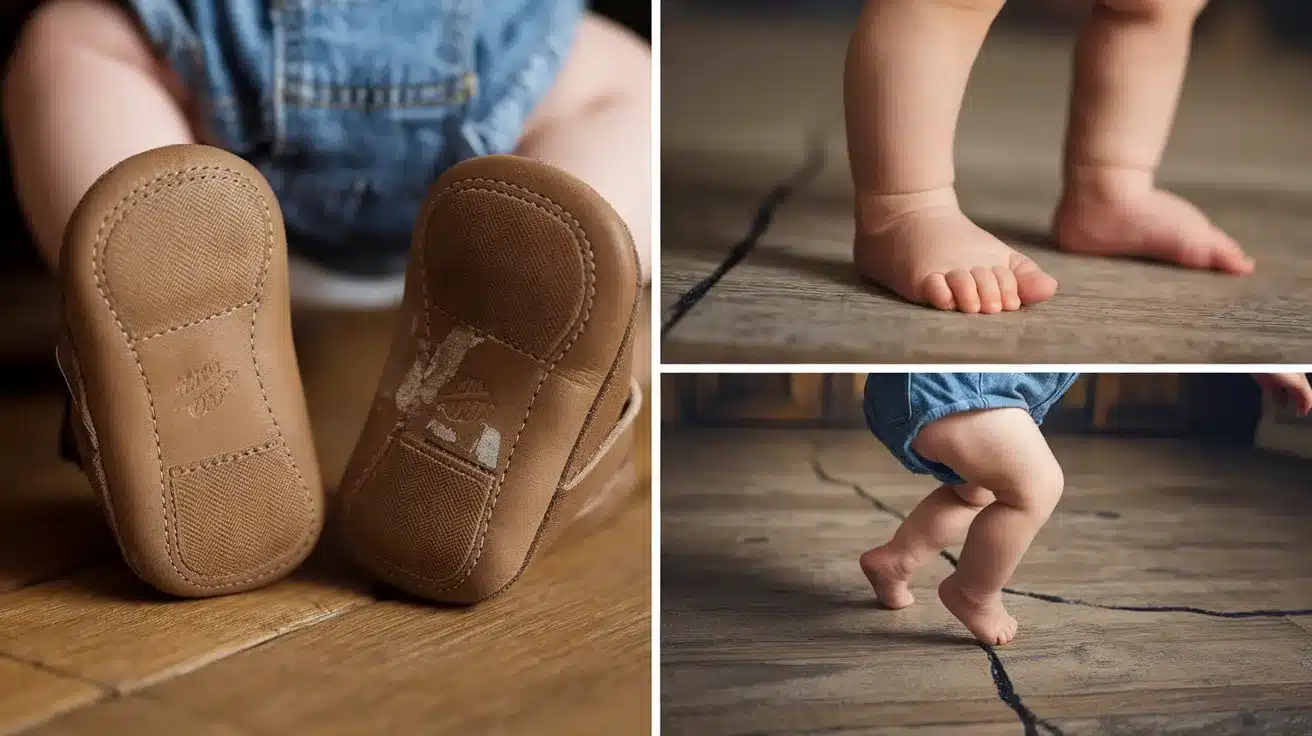
Out-toeing occurs when feet point outward while walking or standing. This condition can stem from various anatomical factors affecting the alignment of the lower limbs from birth through childhood development.
- Natural Development and Womb Positioning – How fetal positioning affects bone alignment.
- External Tibial Torsion – Shin bone rotation and its impact on walking.
- Femoral Retroversion – Outward twist of the thigh bone.
- Flat Feet and Arch Development – How underdeveloped arches contribute to out-toeing.
- Hip Issues (Rare Cases) – Conditions like developmental dysplasia, Legg-Calve-Perthes disease, or cerebral palsy.
Signs and Symptoms to Watch For
While walking with feet pointed outward isn’t always a cause for concern, certain indicators suggest your baby is out-toeing. Pay attention to these warning signs:
- Uneven shoe wear patterns. Check your shoes regularly—irregular wear on the outer edges may indicate an out-walking pattern.
- One or both feet turn outward while walking. This might be noticeable to others or visible when you look at your footprints on sand or wet surfaces.
- Frequent tripping, difficulty balancing, or limping. These mobility issues could be related to your walking pattern.
- Discomfort or pain in the legs, hips, or knees. Out-walking can place strain on your joints and may lead to ongoing discomfort.
If you notice these signs consistently, schedule an appointment with your doctor. Early assessment can help address potential issues before they progress and affect your daily activities.
Should You Seek Medical Advice?
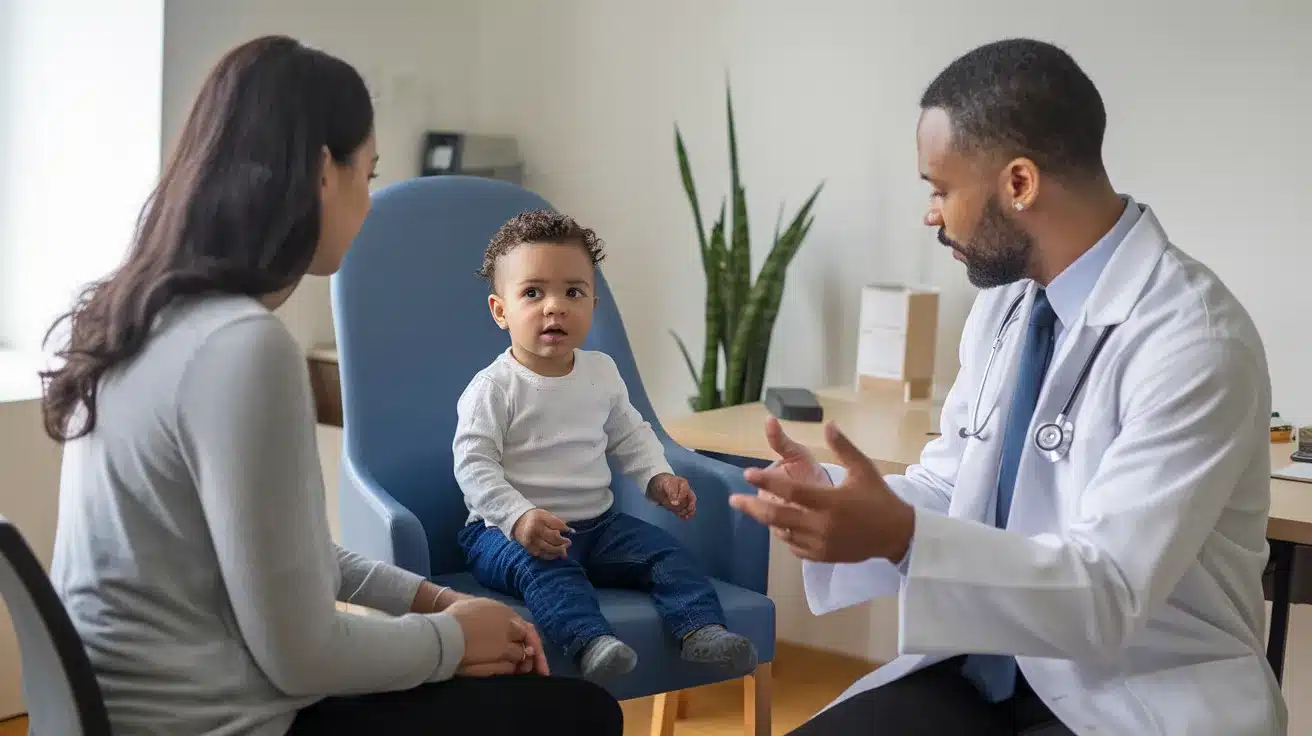
As children develop, most will naturally progress to a normal walking pattern. However, certain signs indicate a need for professional evaluation. If you notice any of the following in your child, it’s important to consult a doctor promptly:
- If one foot turns out more than the other
- If out-toeing persists beyond age 3
- If pain, limping, or difficulty walking occurs
- If the condition worsens over time instead of improving
Regularly monitoring your child’s walking patterns and seeking timely medical advice can help ensure healthy foot and leg development.
How Doctors Diagnose Out-Toeing?
Pediatricians and orthopedic specialists typically follow a standard diagnostic process if you notice out-toeing in your child and want to seek medical confirmation.
When you bring your child in for an evaluation, the doctor will likely perform:
- Physical examination and observing the child’s gait
- Checking leg and foot flexibility
- X-rays or additional imaging for severe cases
If the doctor recommends treatment for your child’s out-toeing condition, follow it as soon as possible to avoid future consequences.
Early intervention can help prevent potential issues with walking patterns, balance, and joint alignment as your child grows.
Treatment and Management Options
If your baby is out-toeing, several approaches address this condition. Understanding your options can help you make informed decisions about your child’s care.
You can encourage natural correction of out-toeing at home by promoting active play and ensuring their child wears proper footwear that provides support.
Physical therapy can be helpful for mild cases, focusing on stretching and strengthening exercises to improve foot and leg alignment.
These steps can aid in the natural development of your child’s gait while promoting better overall foot health.
But if the problem is serious, medical treatment may be necessary, including braces, orthotics, or other interventions.
In rare cases, surgical intervention may be required to address severe structural issues and correct the alignment of the feet and legs. If the doctor suggests treatment, follow it immediately to avoid future consequences.
How to Encouraging Healthy Walking Development
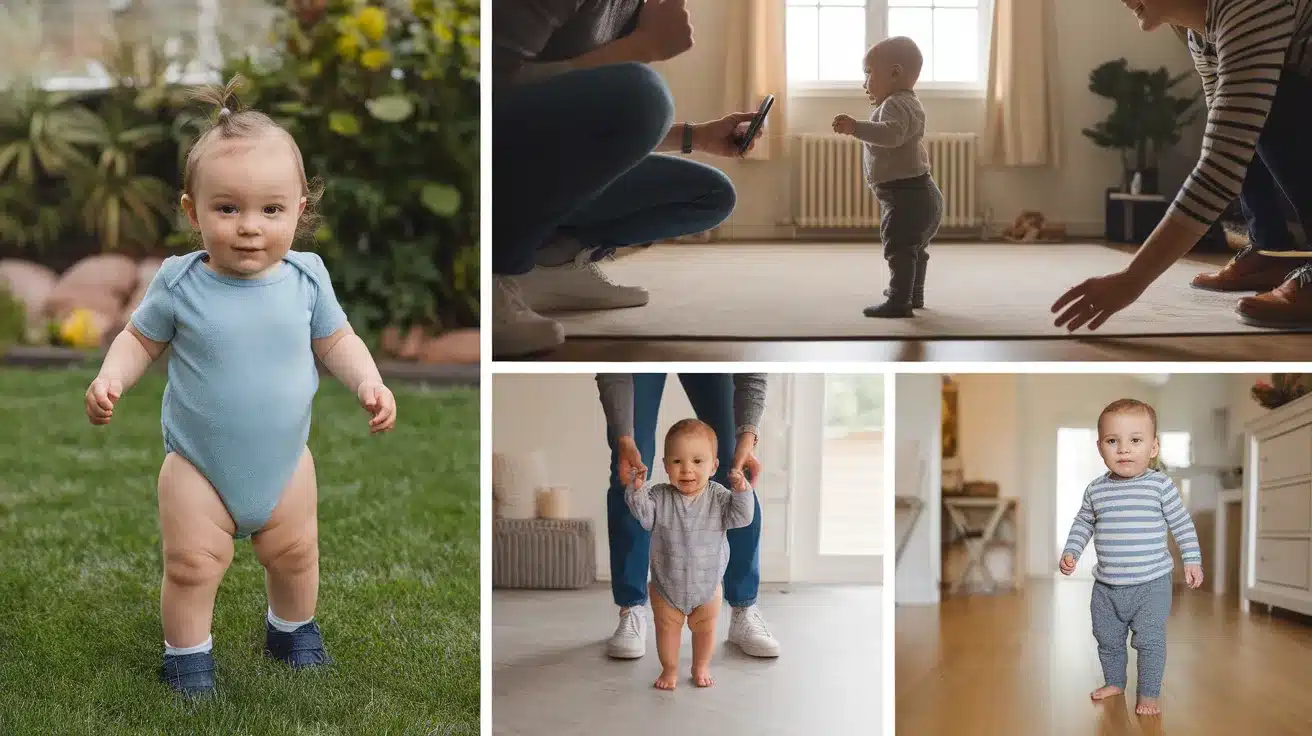
After learning about out-toeing, you now understand this common walking pattern needs attention but often resolves naturally with proper support. Here are some steps you can take to encourage your baby for healthy walking:
- Let babies walk on different surfaces like carpet, grass, and tile to build foot strength
- Choose shoes with good arch support and flexible soles that fit properly
- Take regular videos to track changes in walking patterns over time
- Visit the doctor for regular check-ups to make sure development stays on track
- Give babies plenty of barefoot time when safe to strengthen foot muscles
- Set up safe spaces for practice walking with support
Consistent attention to walking development builds a foundation for lifelong mobility.
Final Thoughts
Good news! Most children with out-toeing get better on their own as they grow. Your child’s feet and legs will likely straighten out naturally over time.
Keep an eye on how your child walks and stands every few months.
Take photos or videos to help you see the changes. This can show you the progress that might be hard to notice day-to-day.
If your child’s out-toeing doesn’t improve, causes pain, or affects how they walk, or if you have concerns, talk to your doctor. They can check if your child needs help from foot doctors or special exercises.
We hope this guide has helped you understand your child’s out-toeing.
Has this information made you feel more calm about your child’s development? Let us know in the comments below!

